GARDENING IN HARMONY WITH NATURE IN THE NORTHEAST
Native Sedges
Very few true grasses are able to flourish in the shade of a woodland. In contrast, most species in the large genus of Carex (the true sedges) love the woodland shade and many are native to the Northeastern deciduous woods.
Carex are grass-like plants with blades that can be narrow to broad. Flowering is usually brief and not particularly showy. For nerds like us, willing to invest some time to get to know the sedges however, the flowers can be intriguing. Flowers are followed by seedheads that can also be quite interesting. The seed are cherished by many woodland animals from the tiny Dark-Eyed Juncos to the big Turkeys.

Pennsylvania Sedge
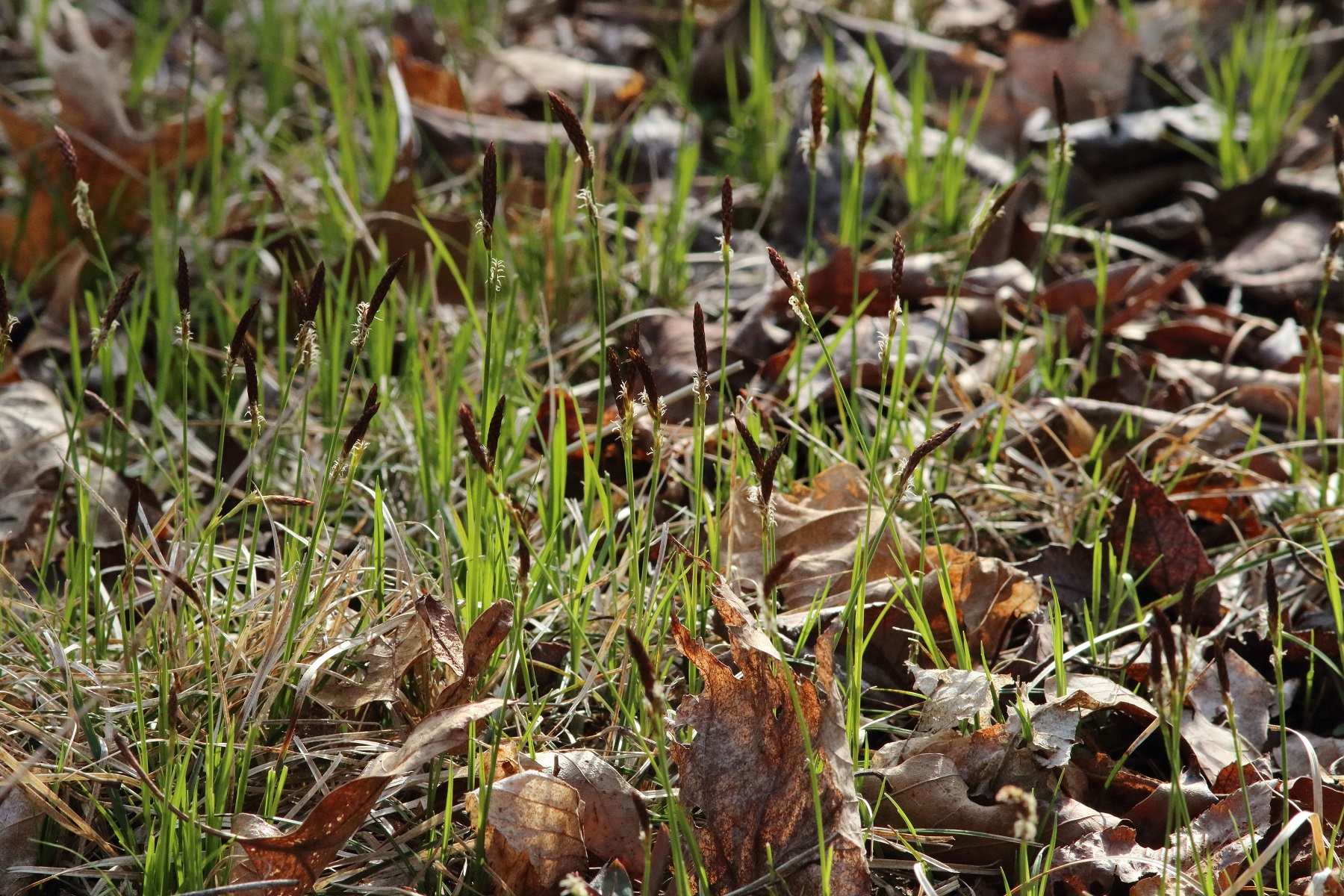
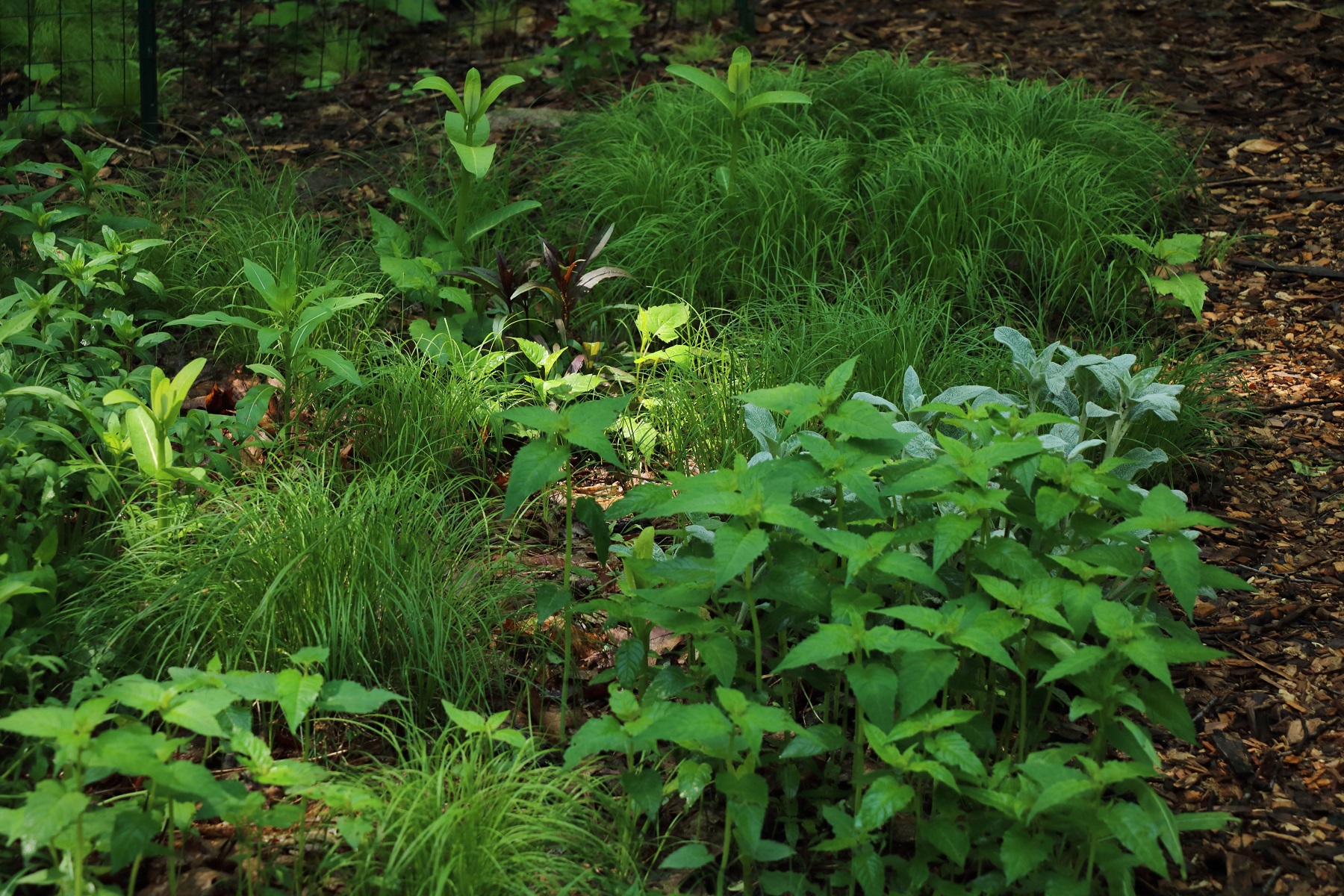
(Pennsylvania Sedge)
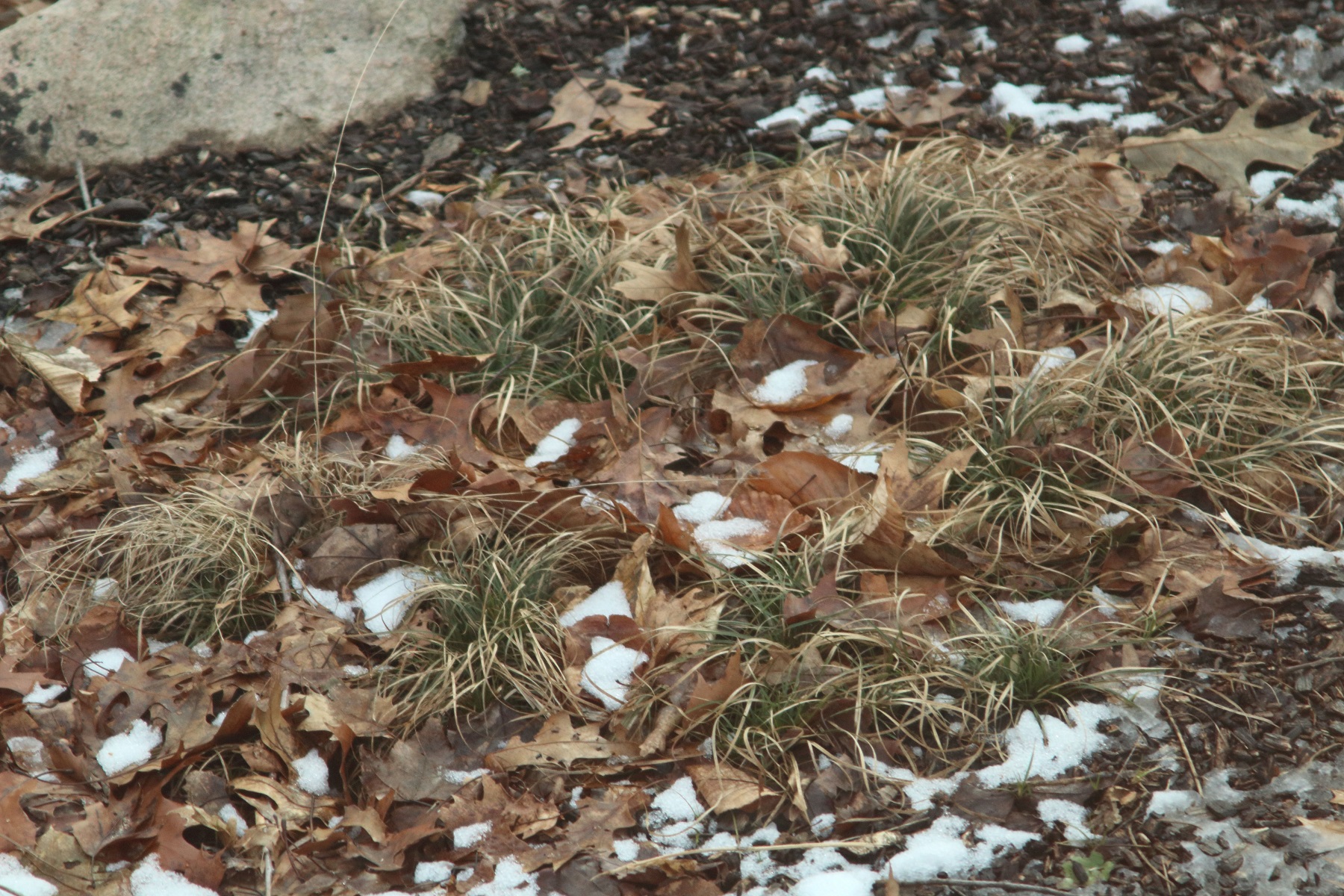
Winter
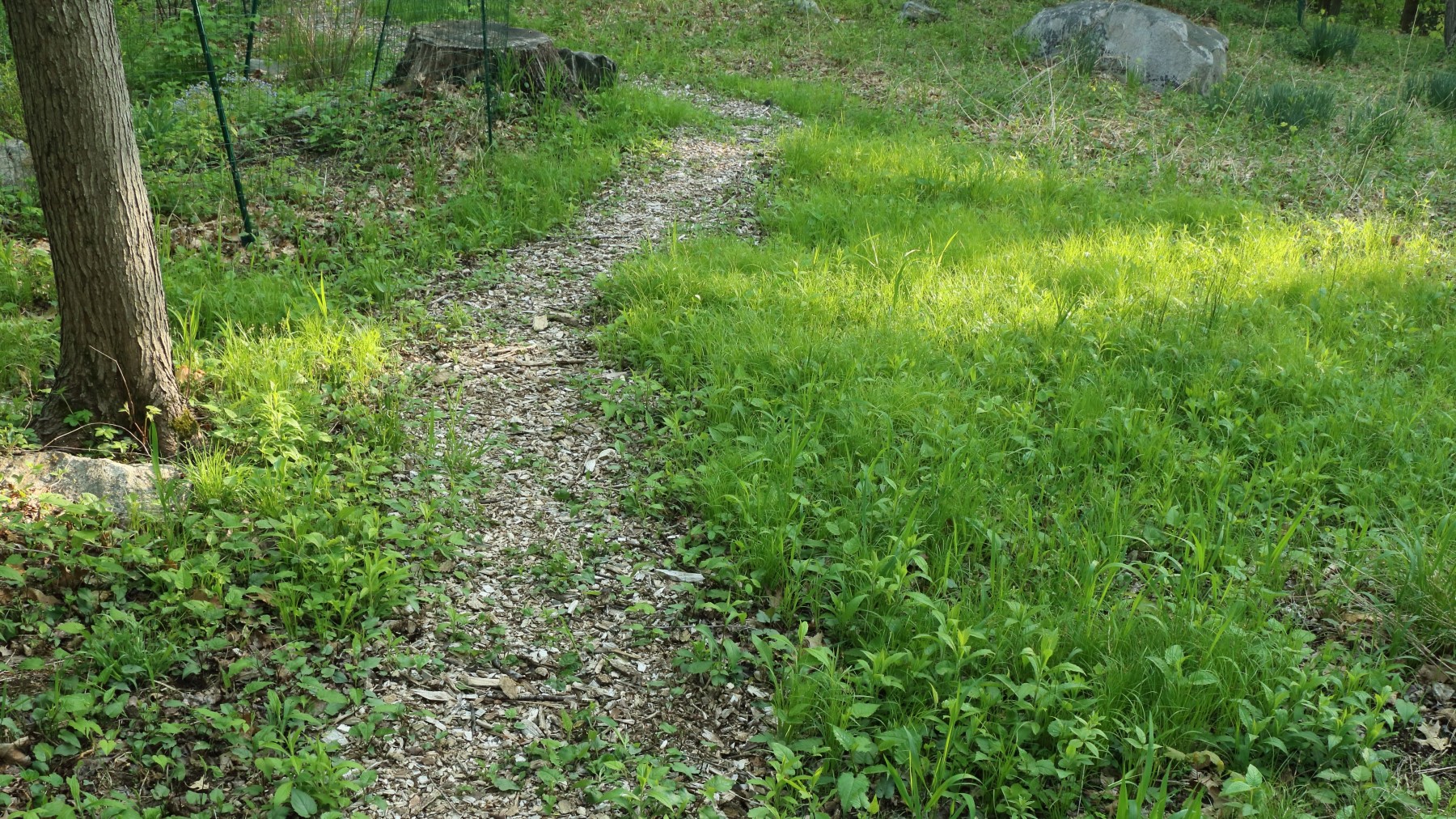
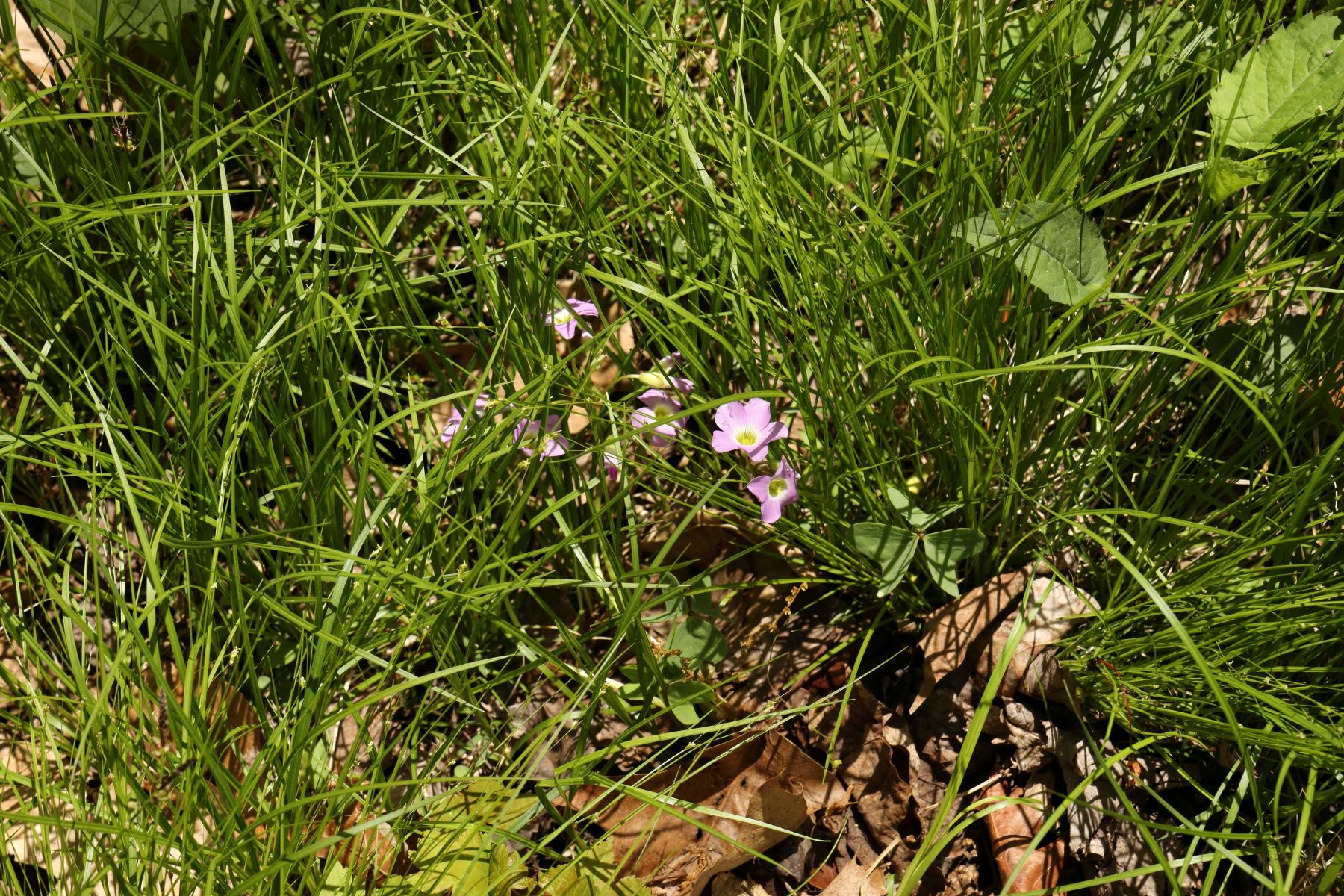
Appalachian Sedge
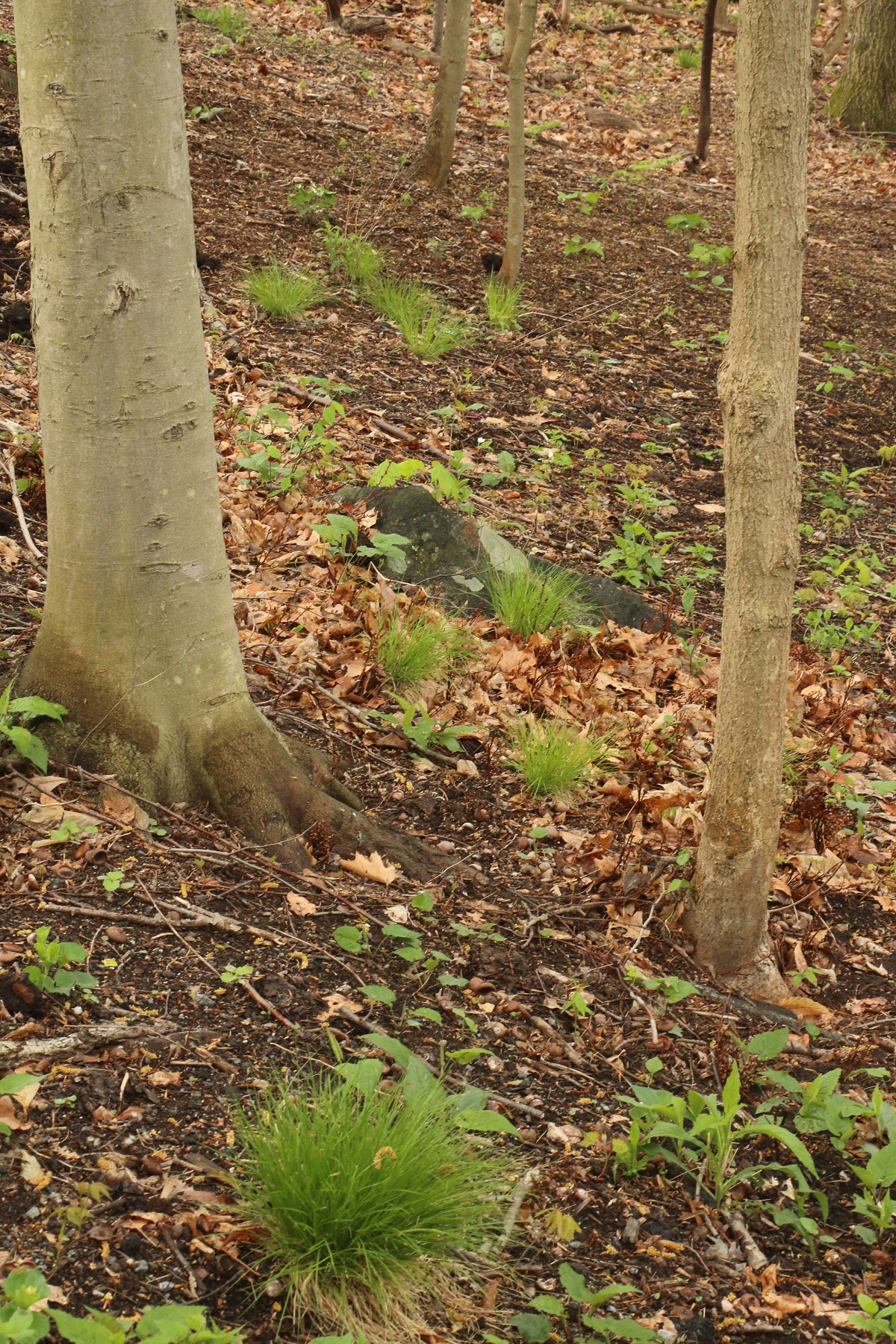
(Appalachian Sedge)
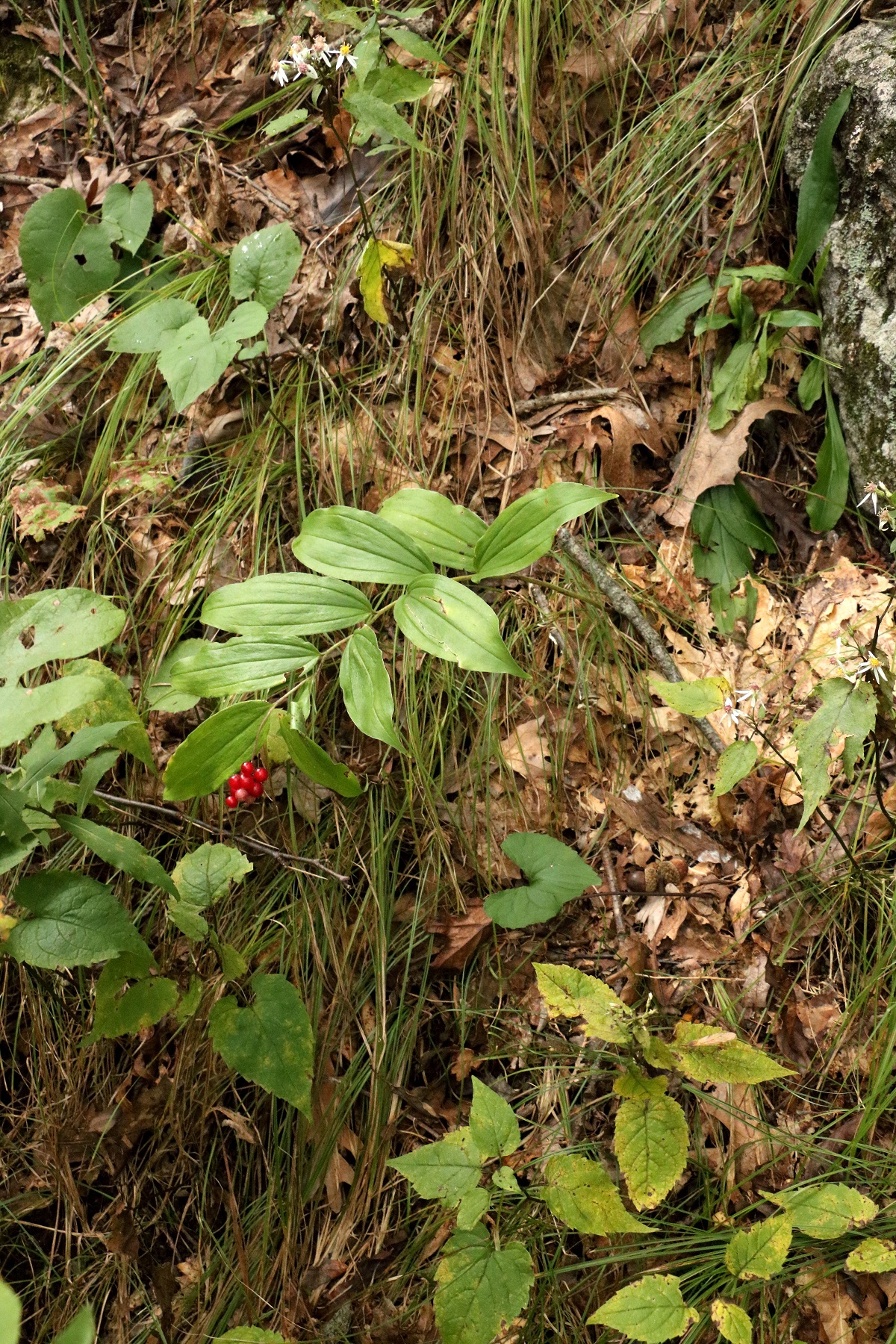
Northern Slope
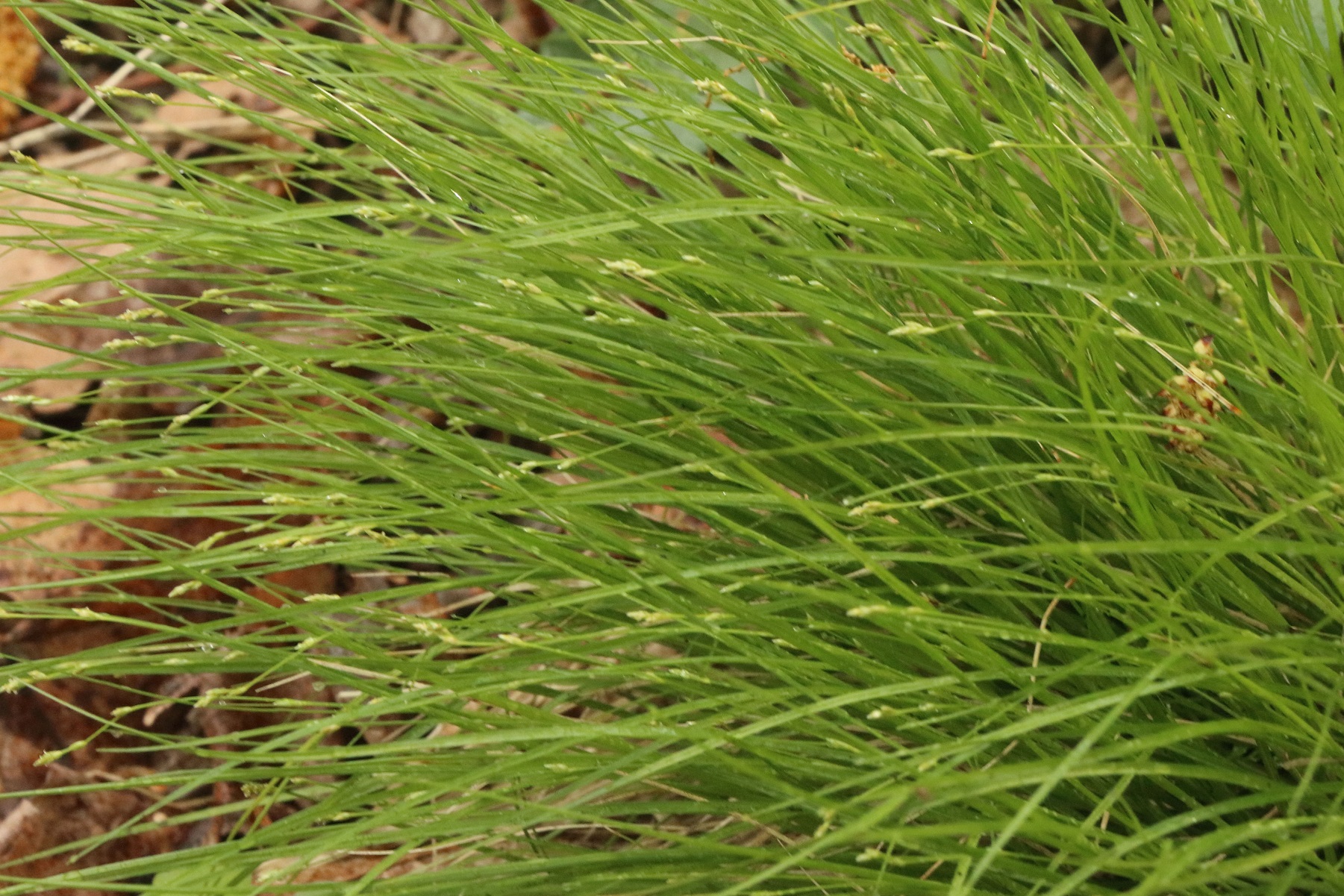
White-Tinged Sedge
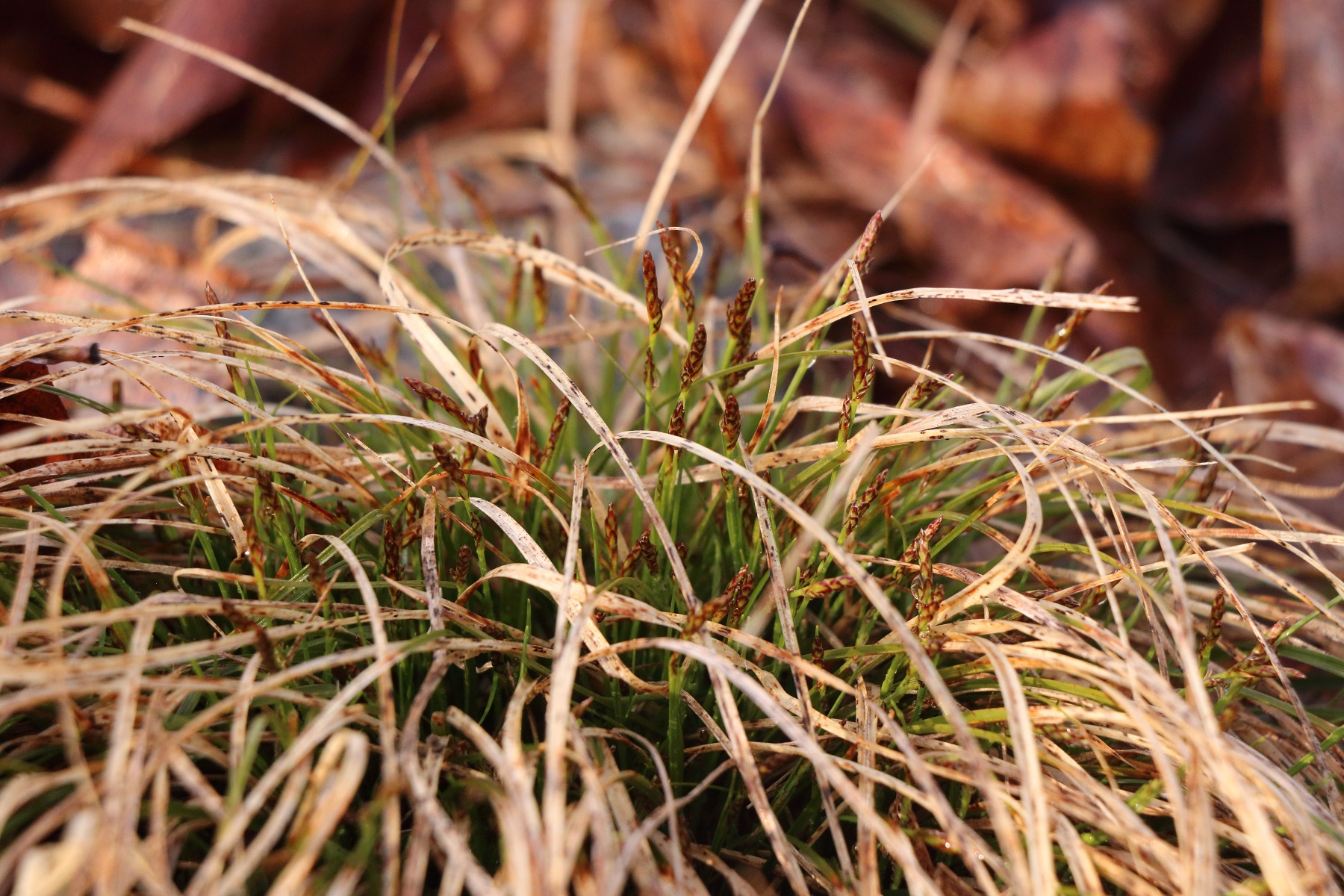
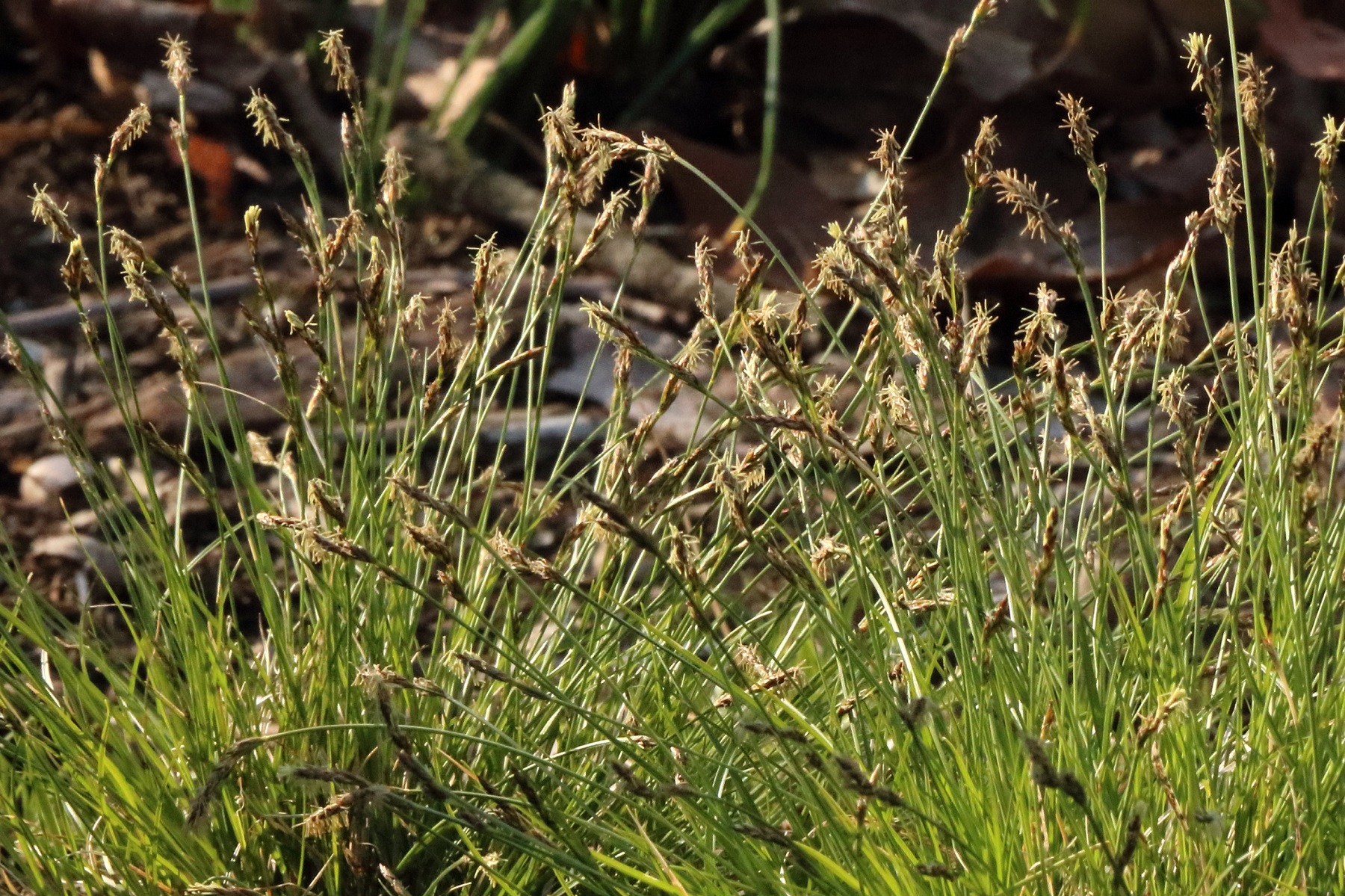

mounded tuft
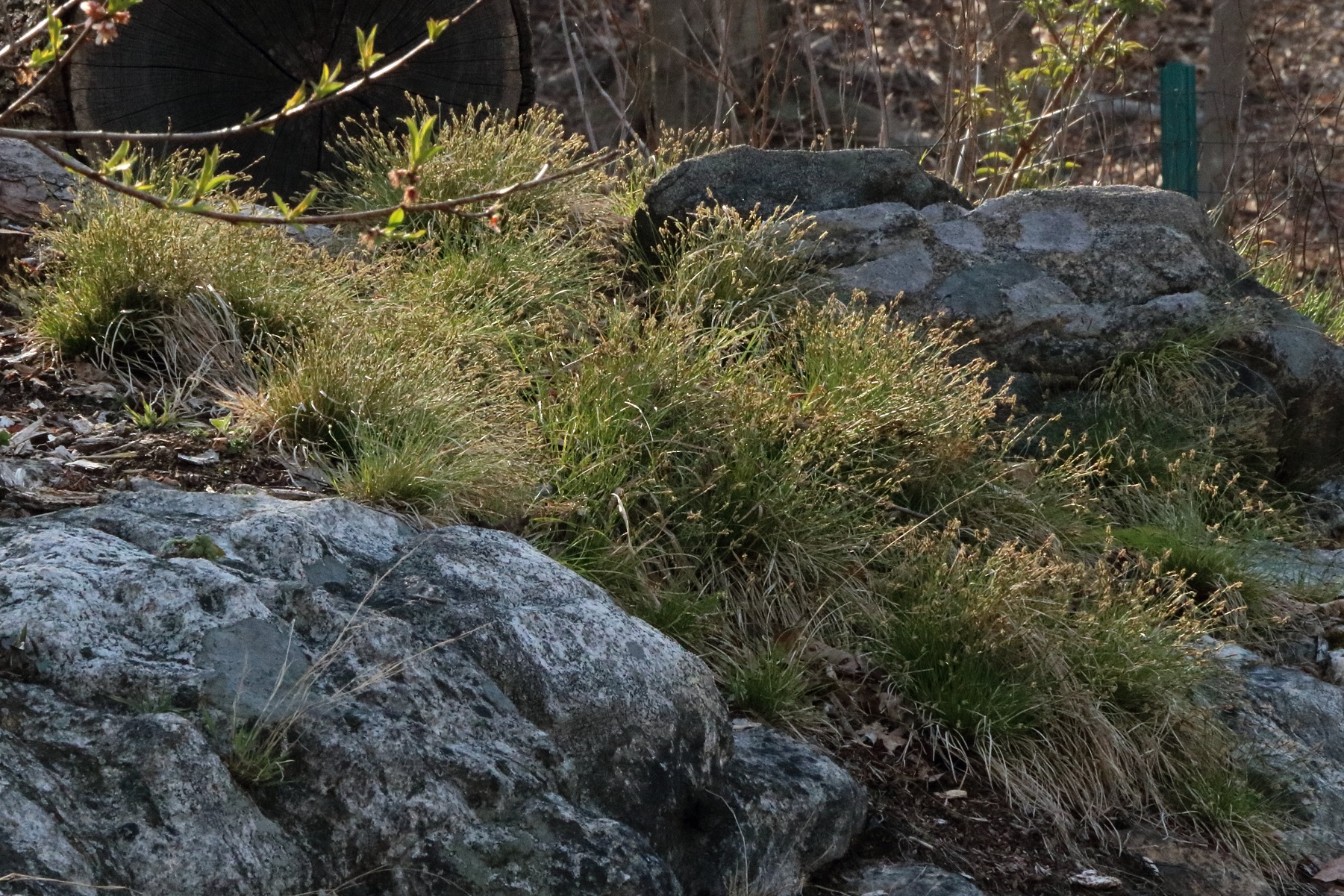
colony in dry upland
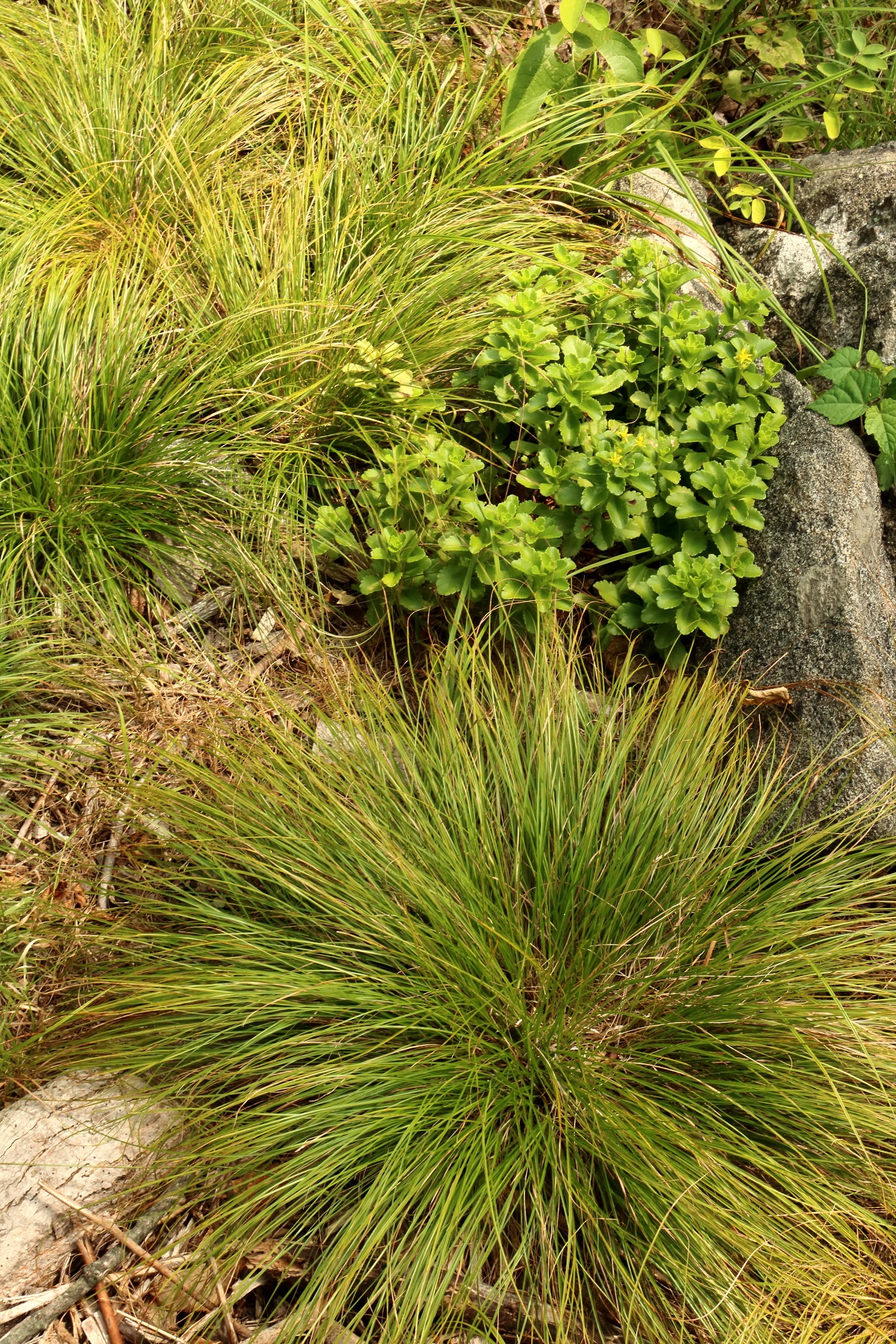
beautiful summer habit
Swan’s Sedge
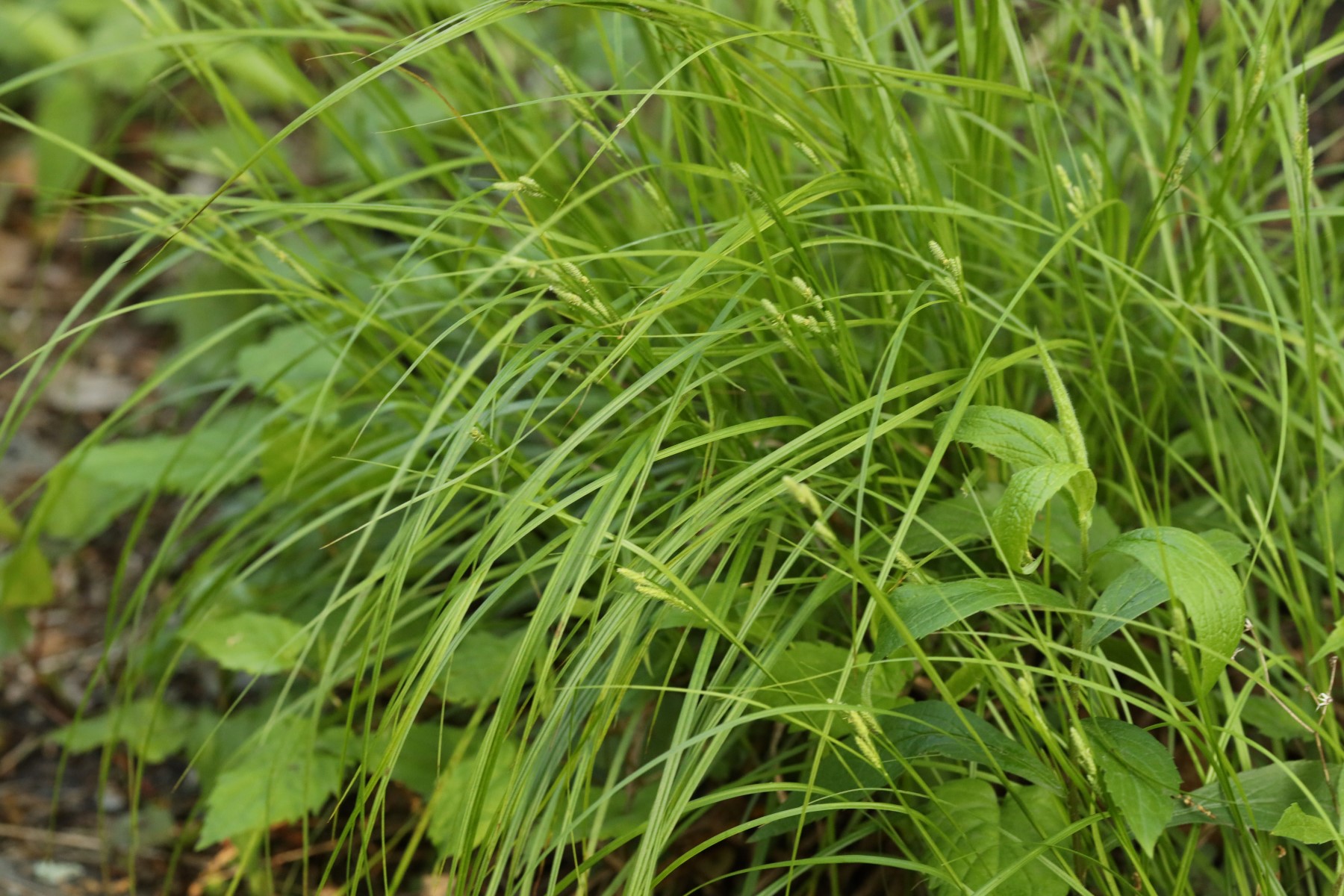
Soft-Leaved Sedge
This diminutive sedge has become one of our favorites. It’s color is a very light green, always looking fresh. In late spring / early summer, Soft-Leaved Sedge is covered in hundreds of tiny flowers followed by seeds. The habit is nicely clumping, but it also propagates by underground runners and can easily be divided.
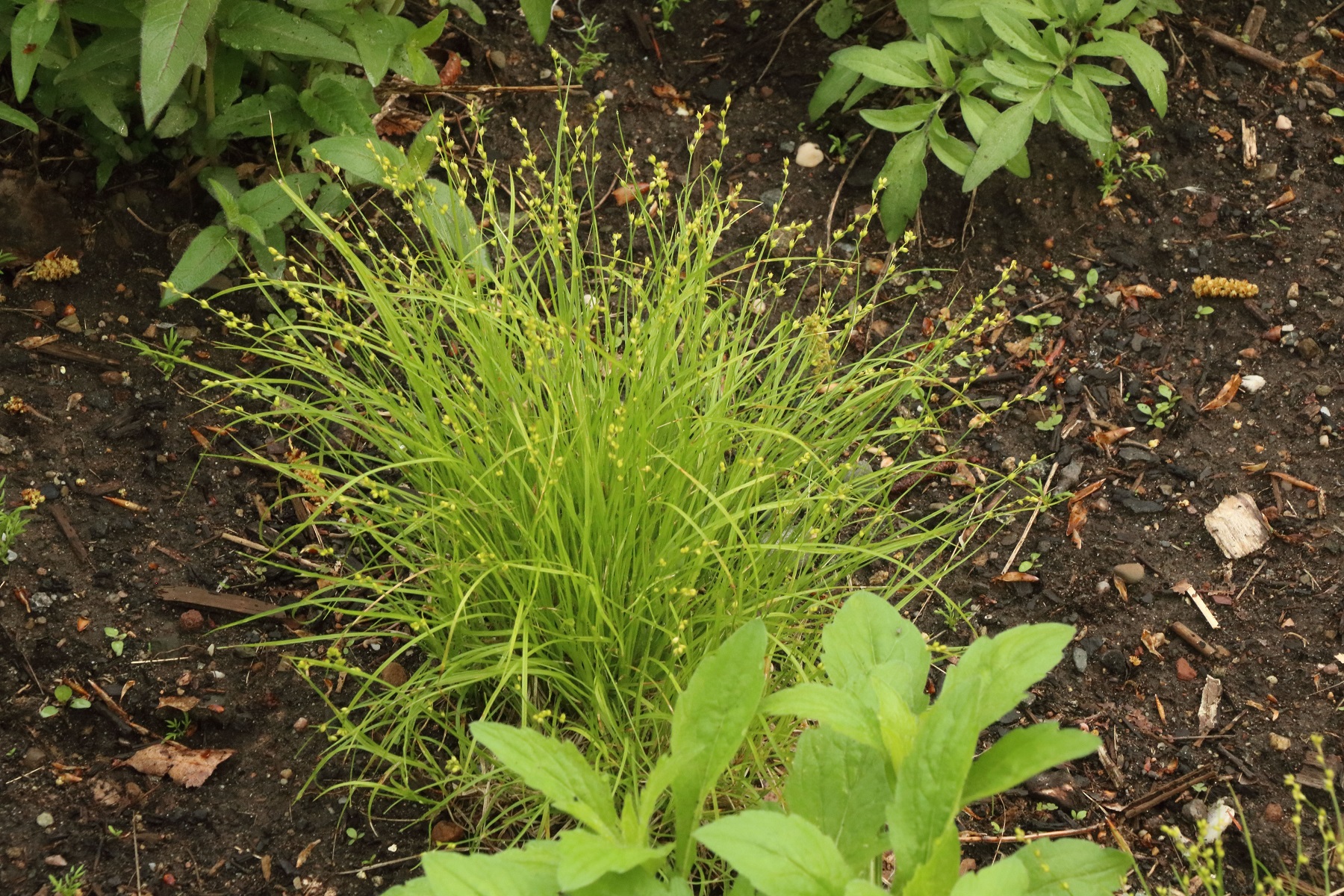
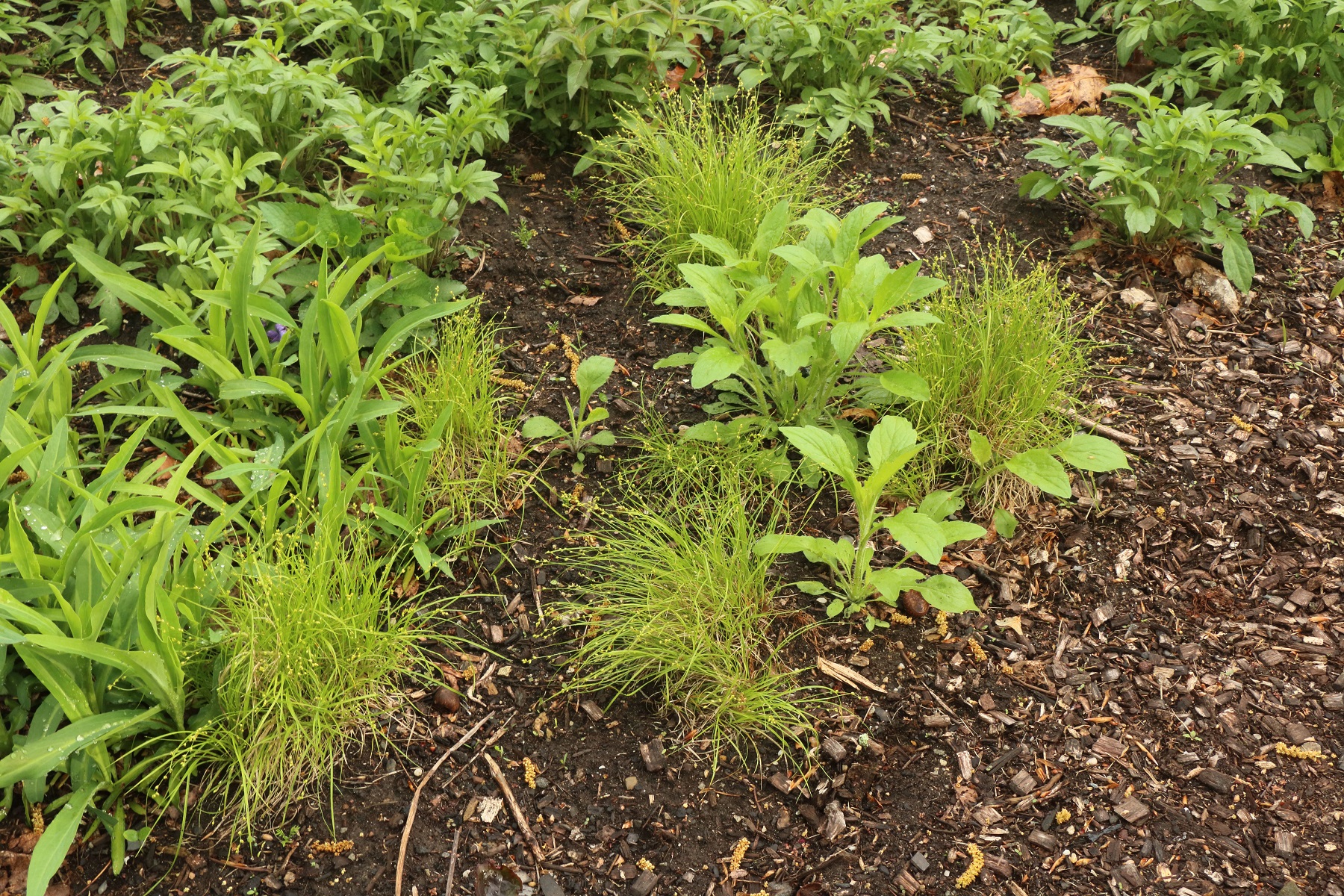
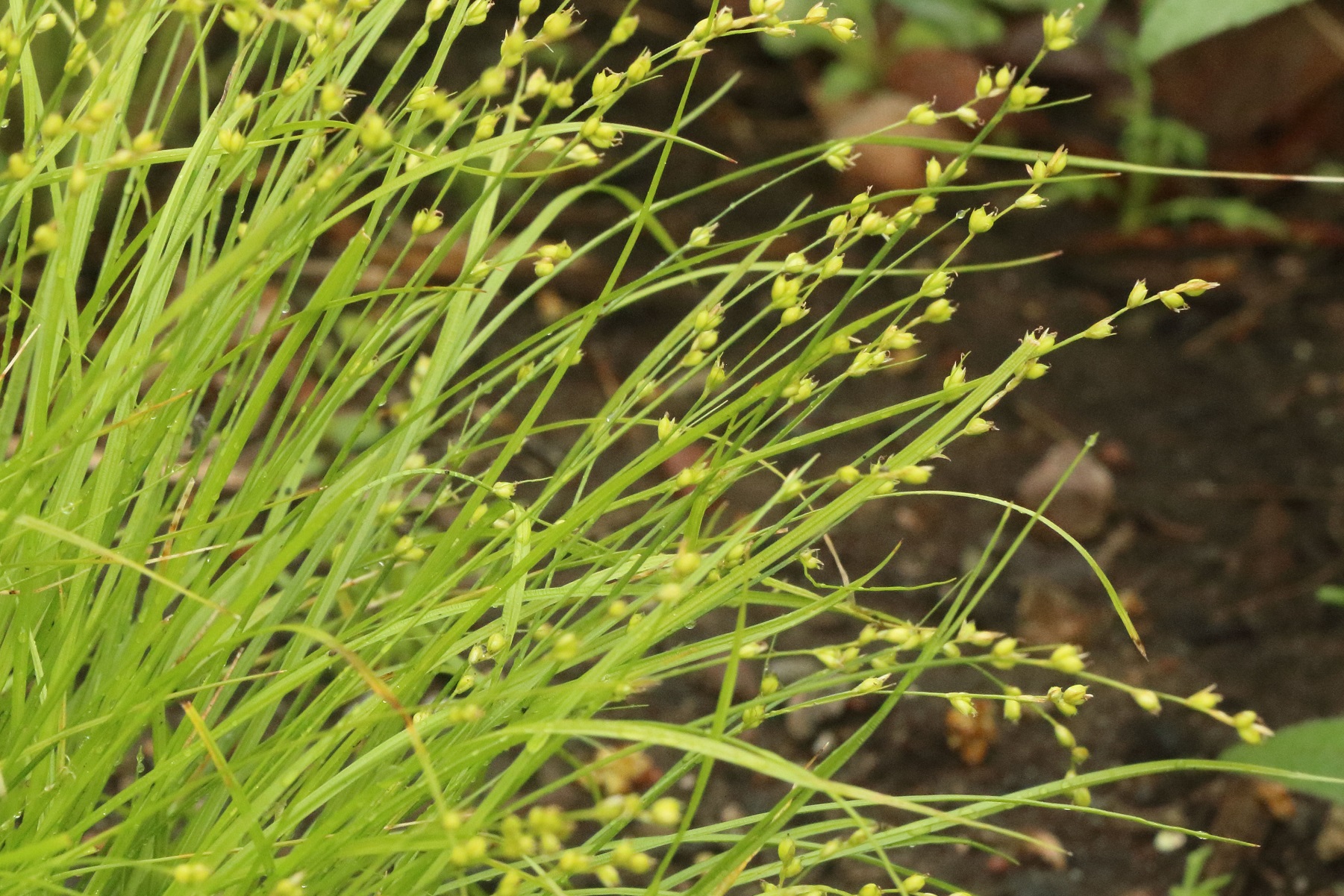
Seersucker Sedge (or Plantain-Leaved Sedge)
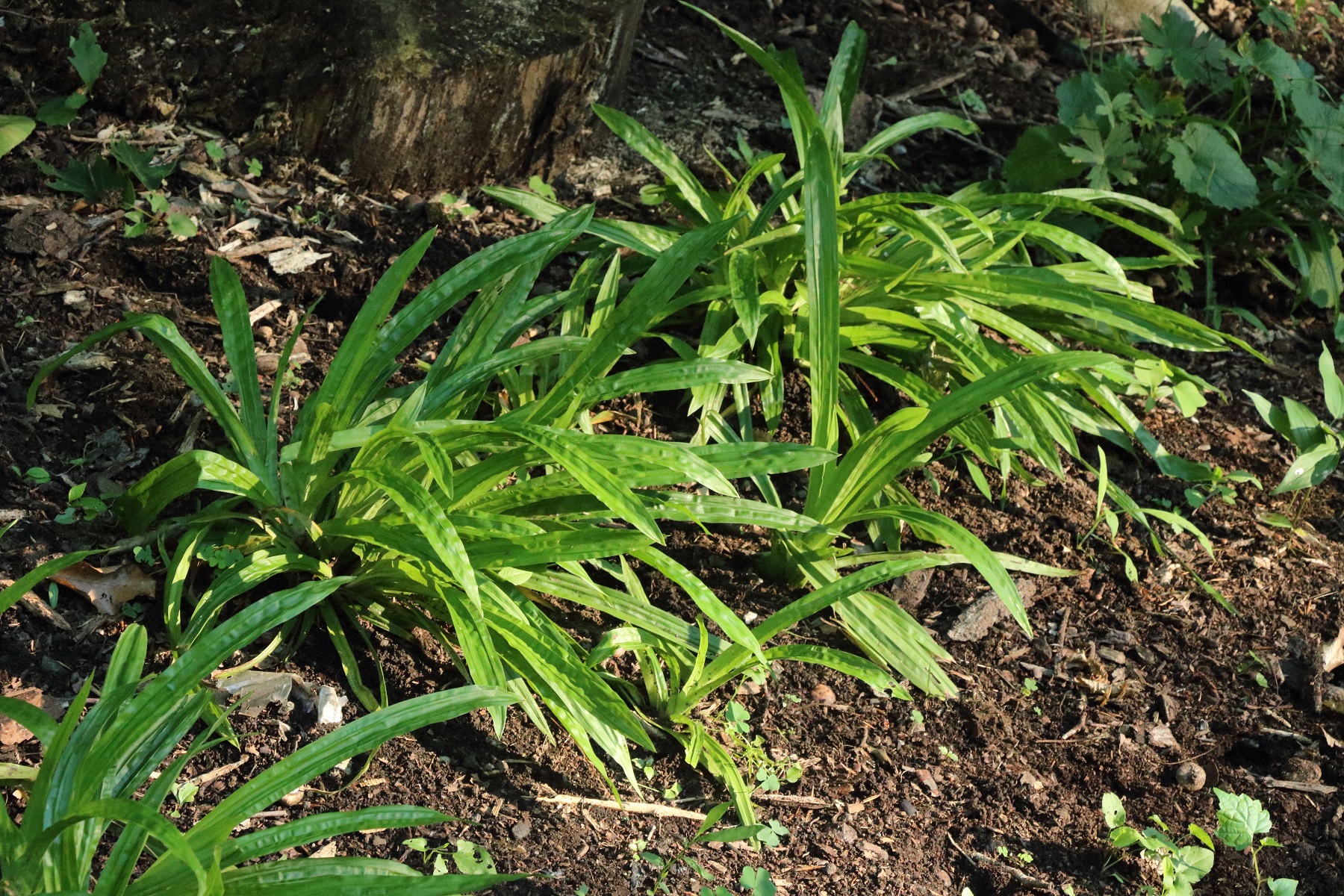
Creeping Sedge (Carex laxiculmis)
Creek Sedge
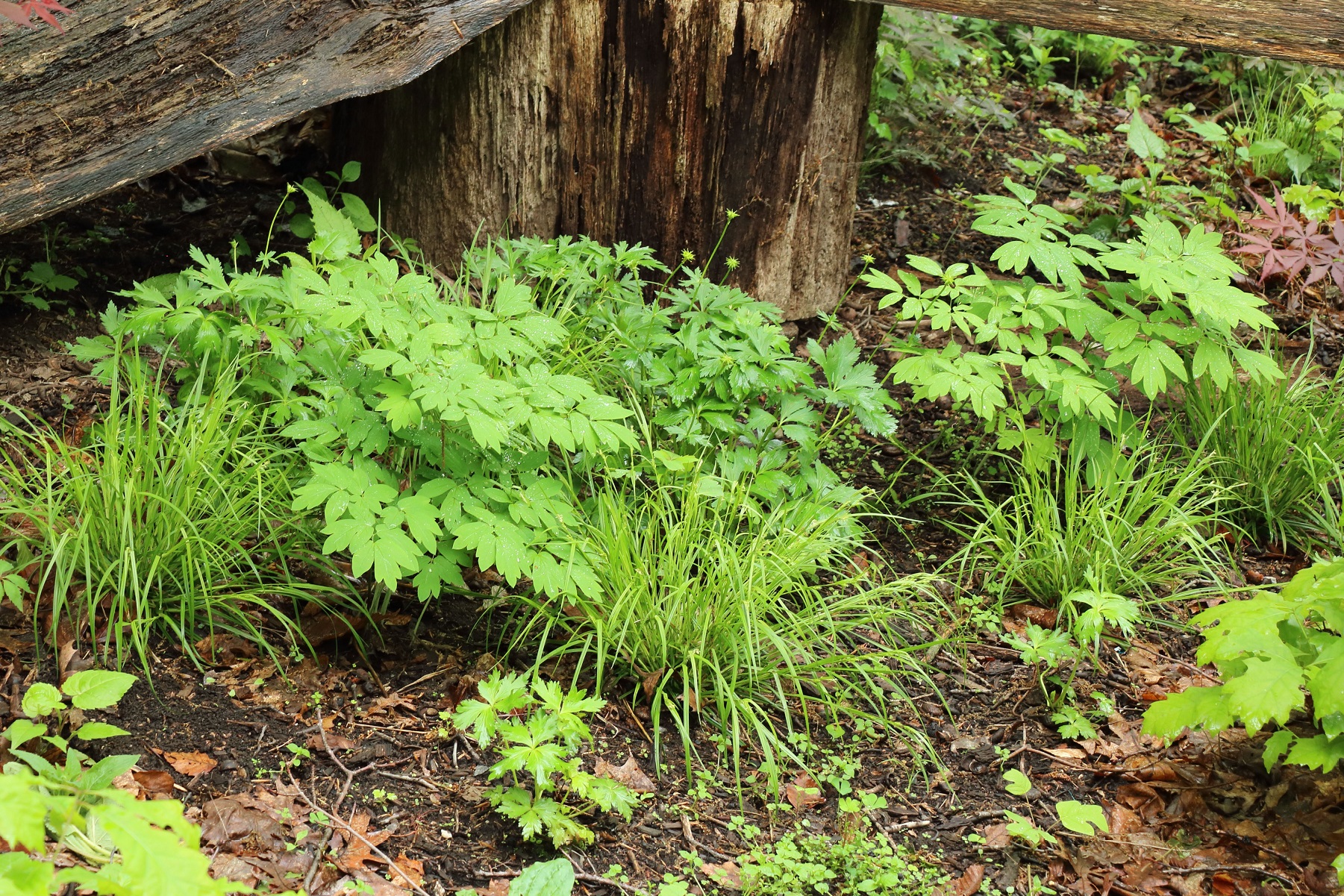
Rosy Sedge (or Curly-Styled Wood Sedge)
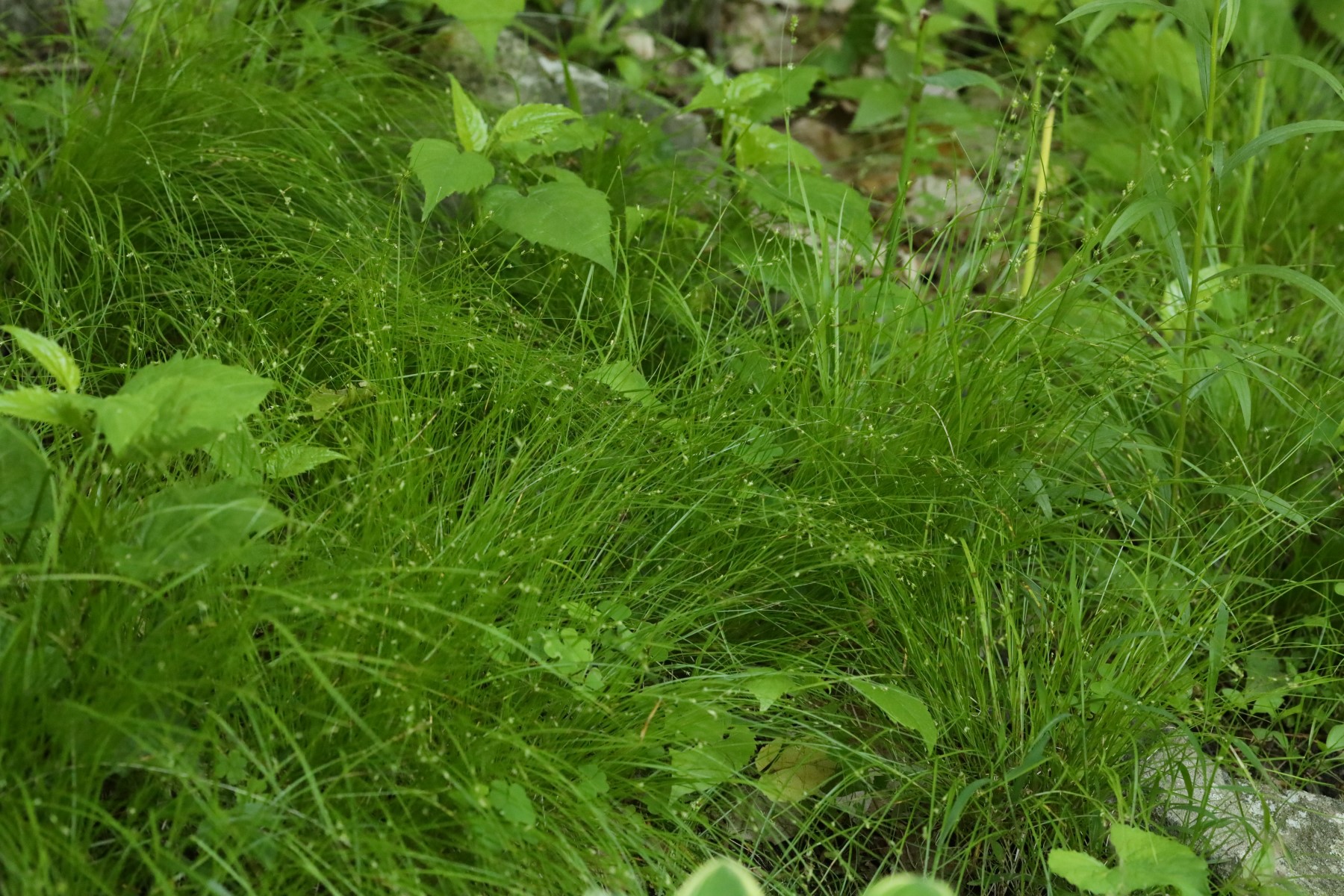
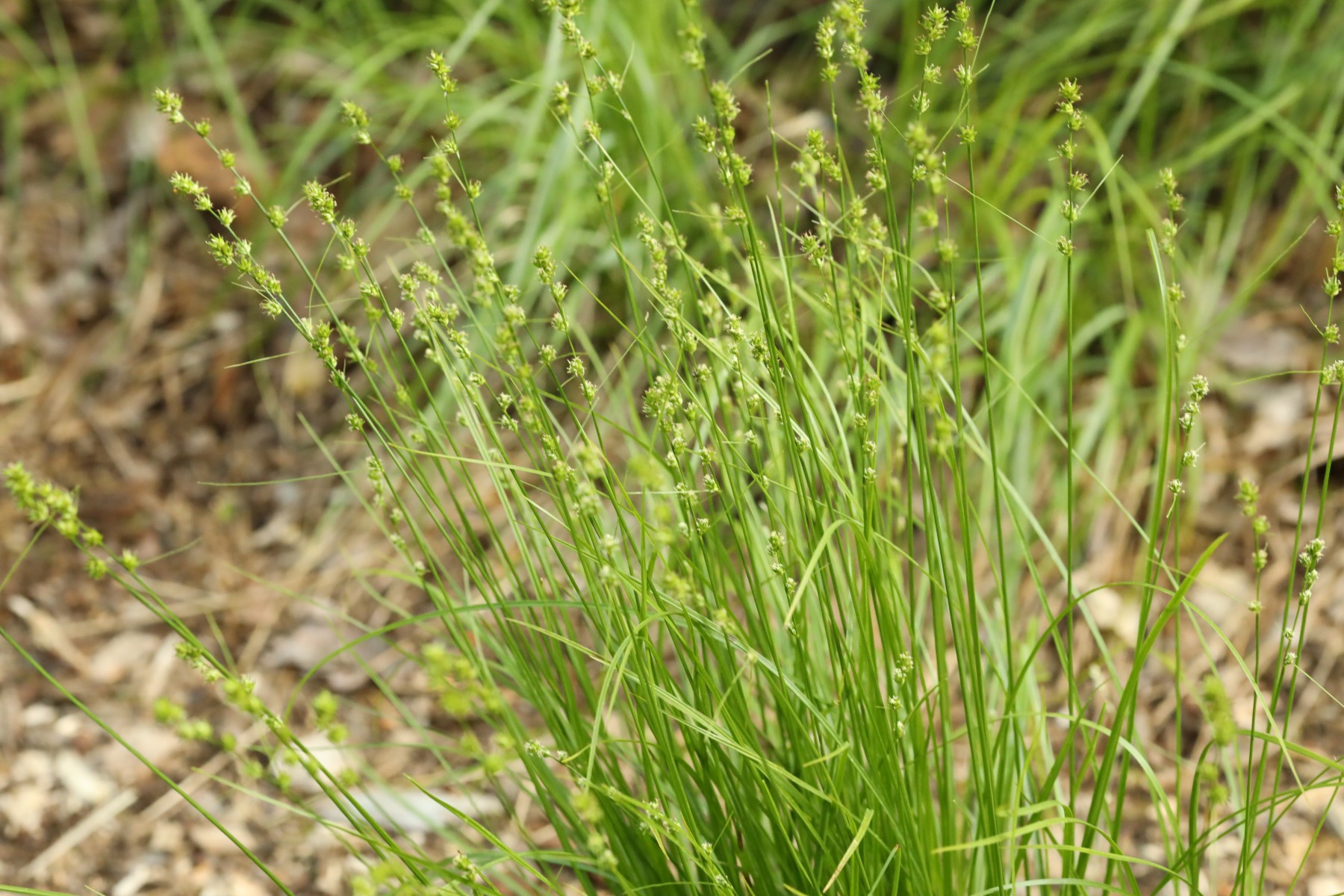
Eastern Star Sedge

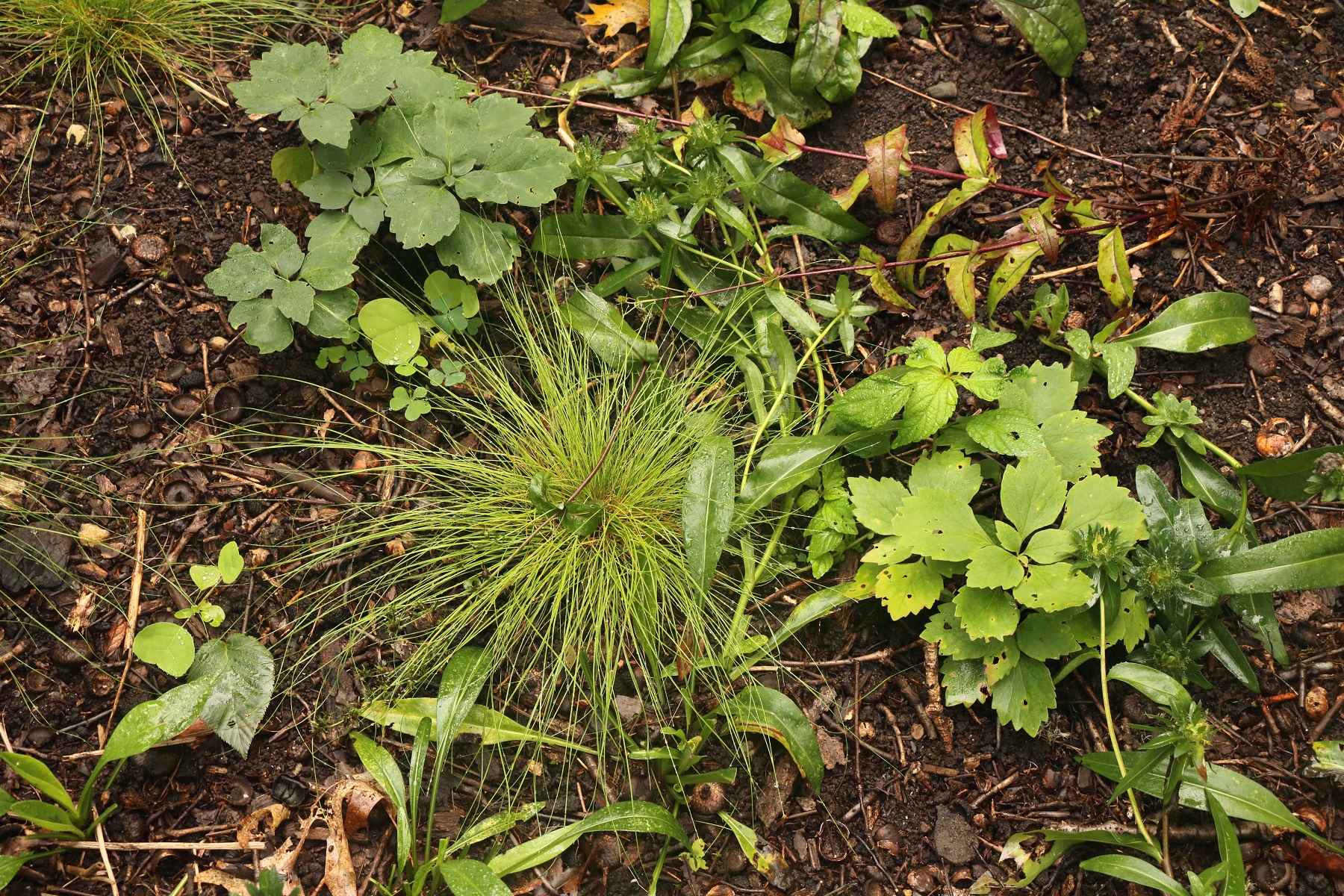
Tussock Sedge
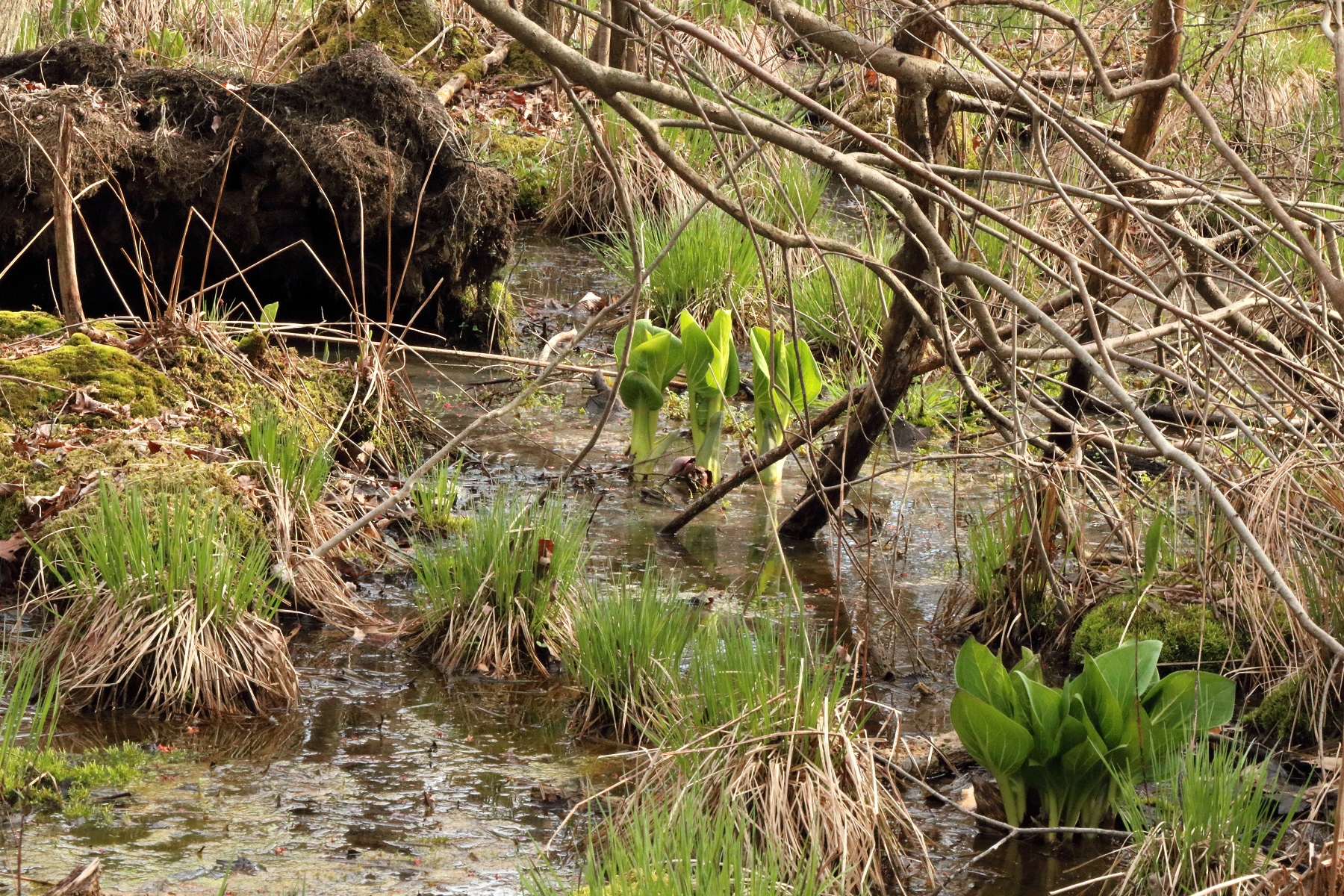
with Skunk Cabbage
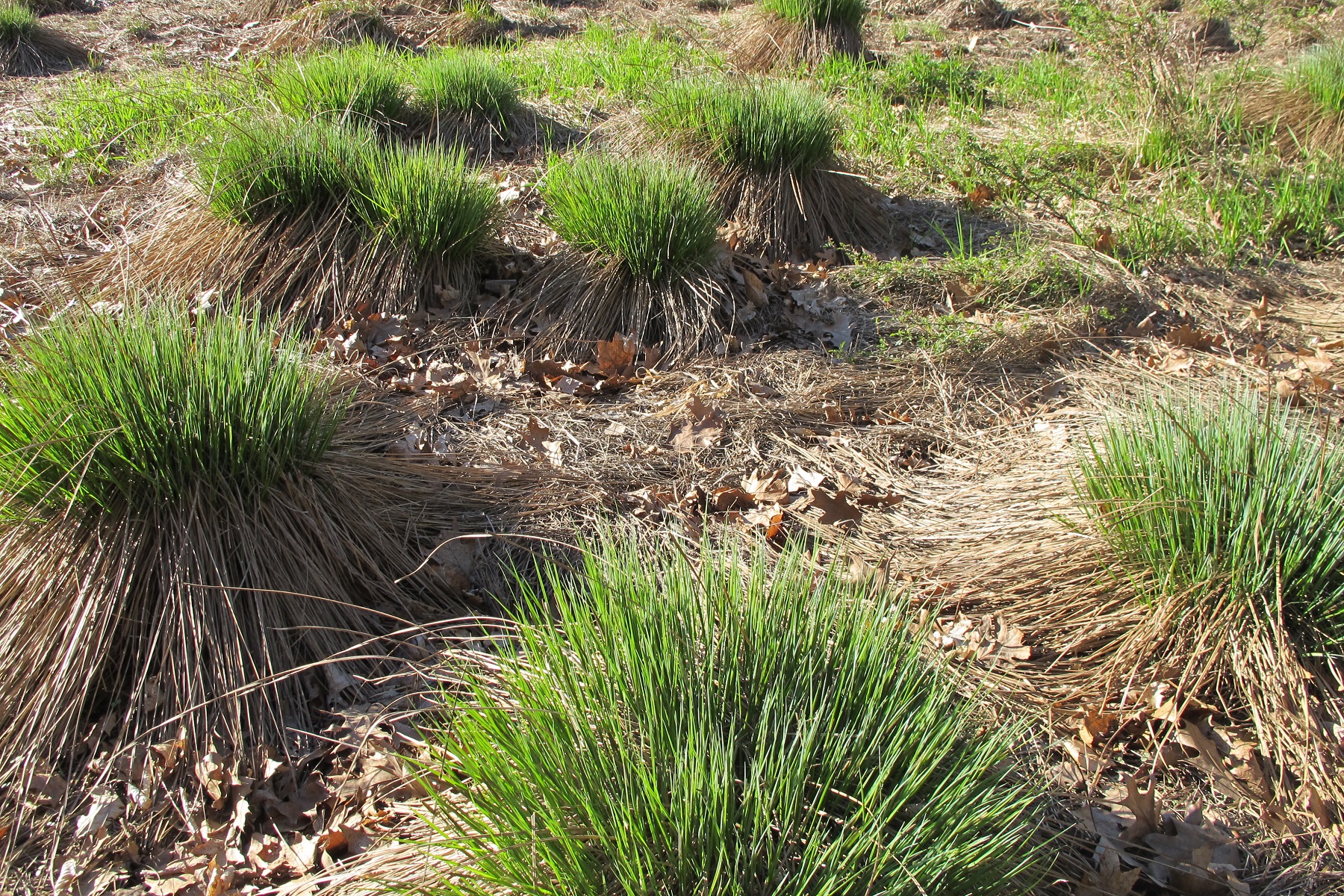
emerging in spring
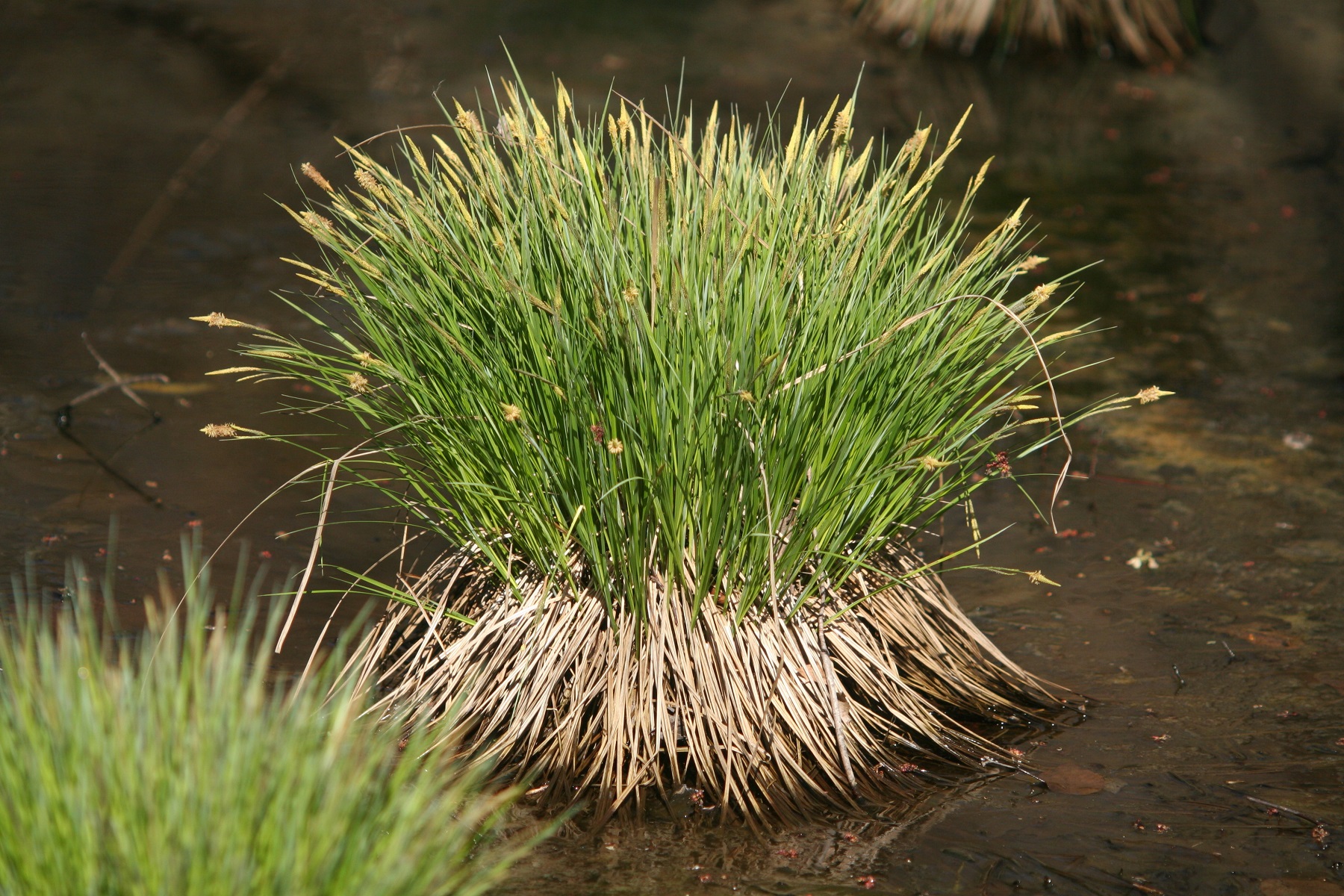
Gray’s Sedge
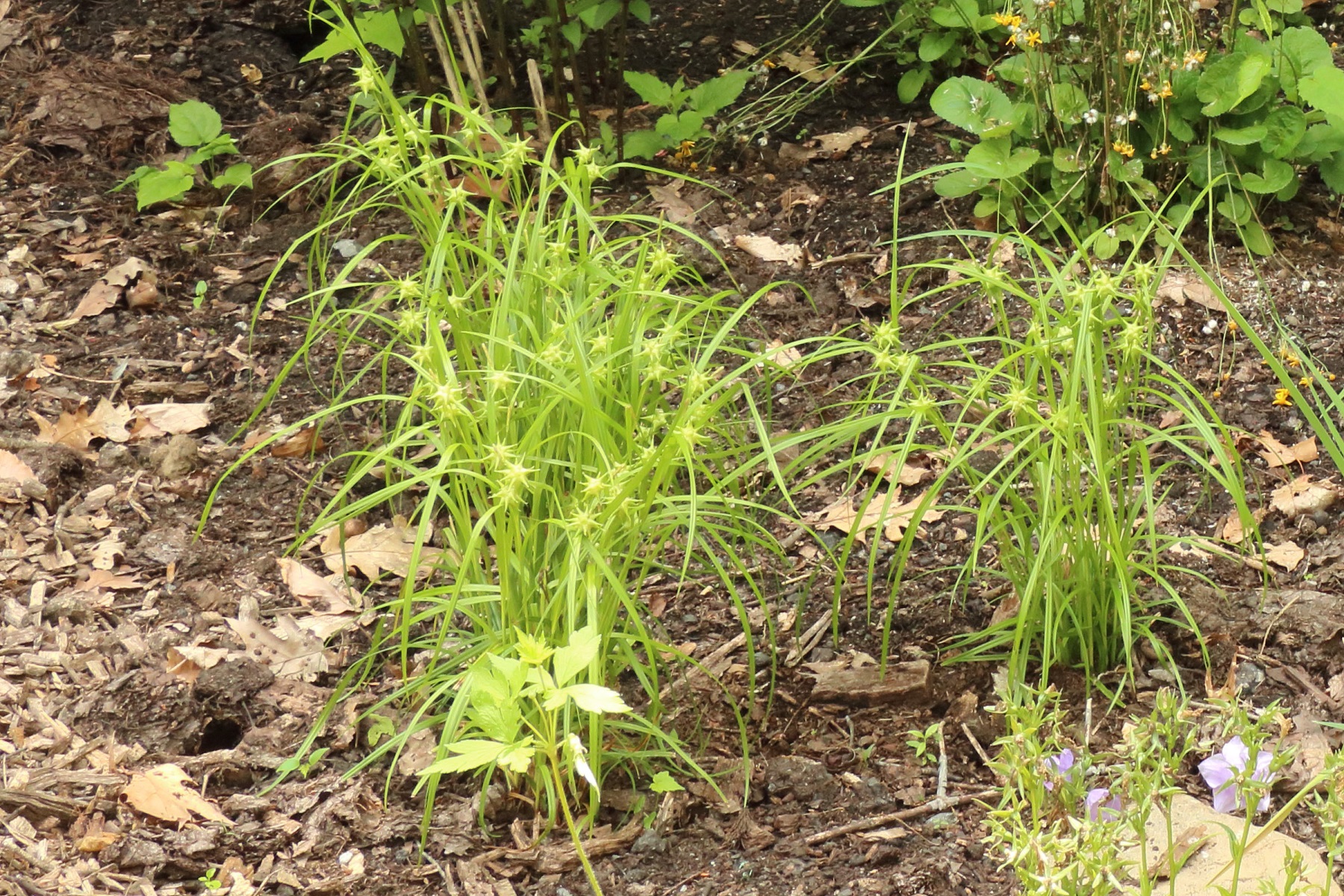
Long-Beaked Sedge
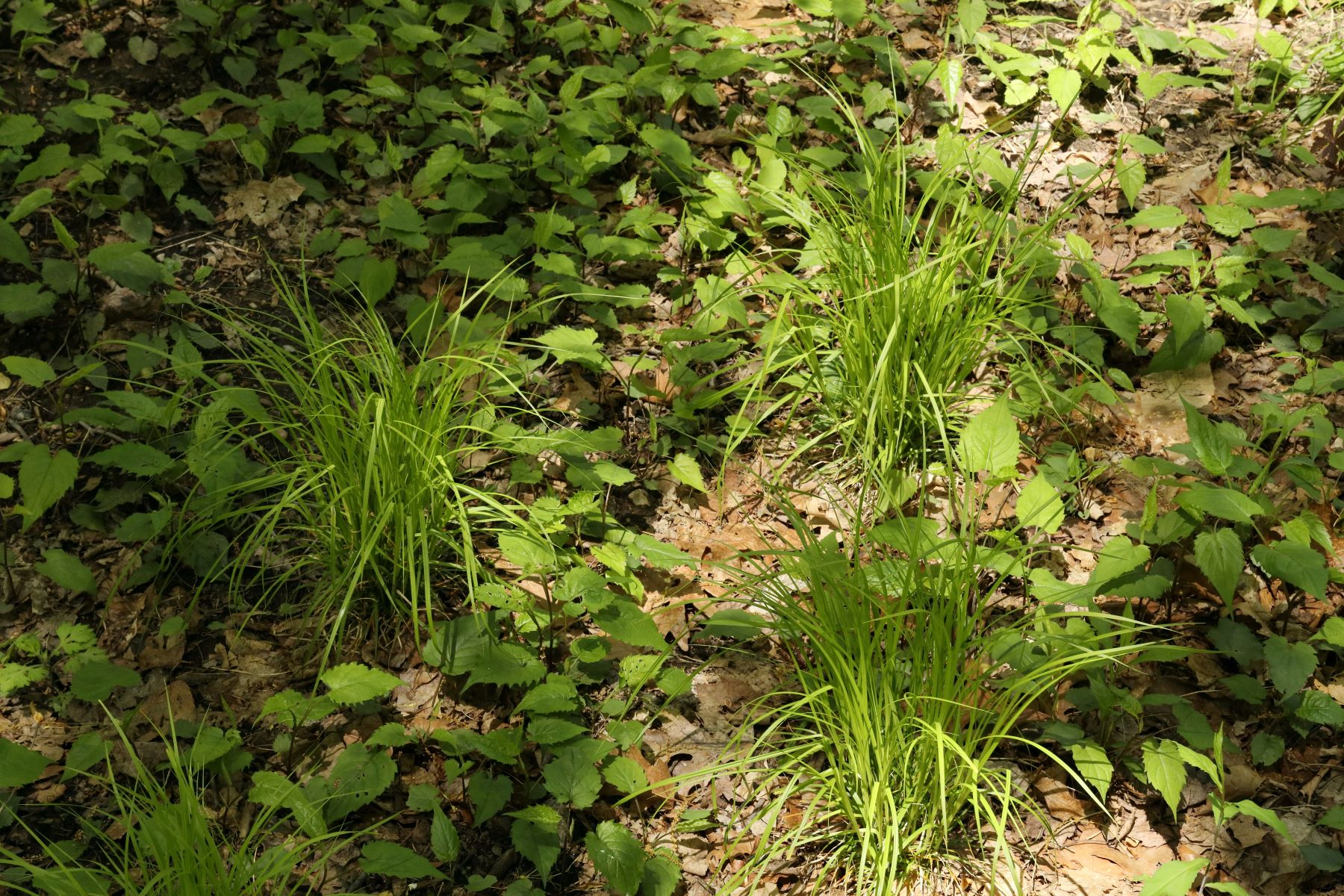
Grass-like plants other than sedges are few and far between in the woodlands. We have tried to grow the beautifully clumping Little Bluestem Grass in our meadow, but it clearly does not do well and would like more sun.
So, here are the few native grasses and rushes that can cope with the shade:
Indian Grass is a tall clumping grass that competes very well in the shady meadow. It has important wildlife value, harboring many insects such as grasshoppers and skippers. Bear in mind that it grows very tall, shading out a lot of smaller perennials, but with the right companion plants, such as the freely self-sowing late figwort and monarda species, it works for us.
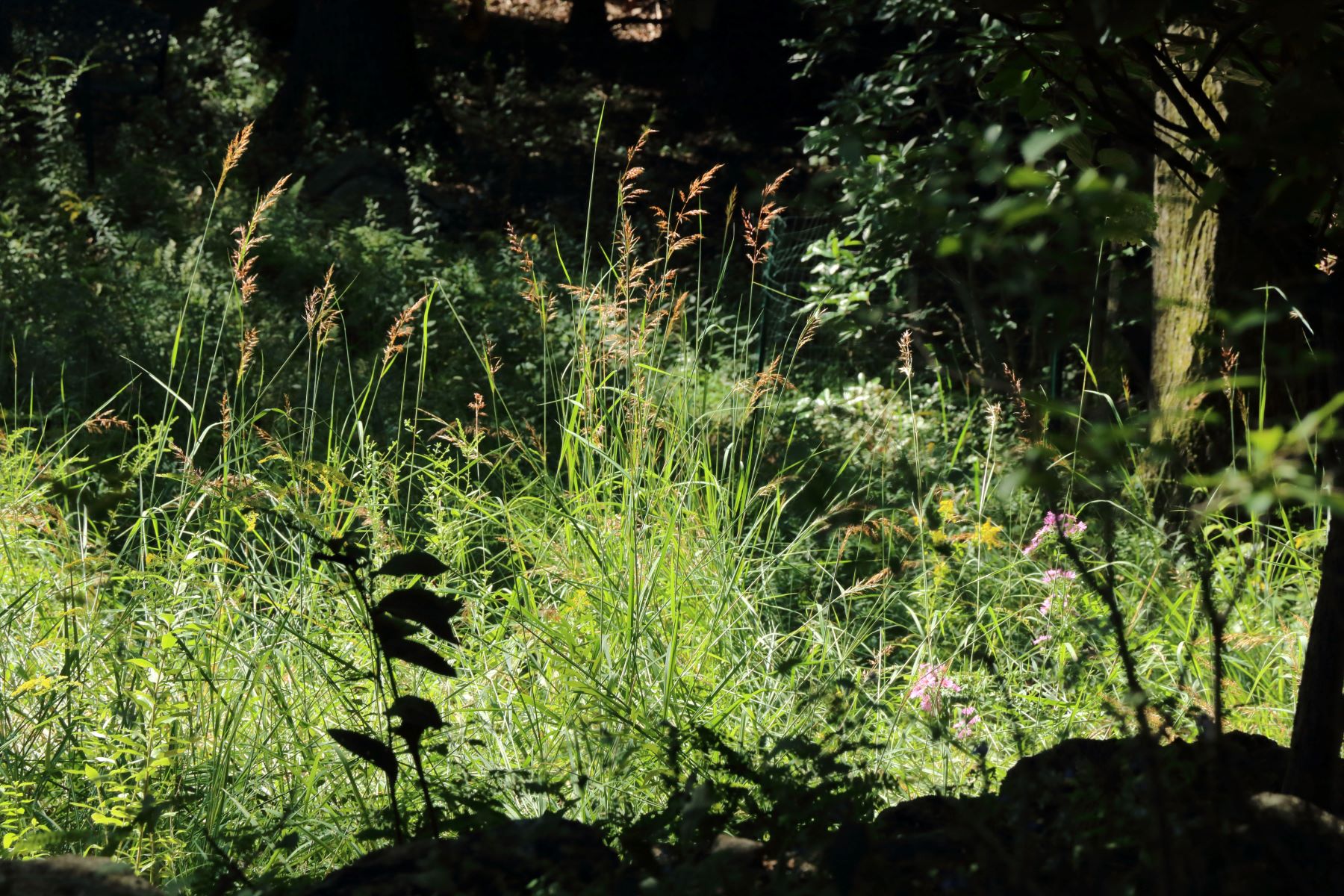
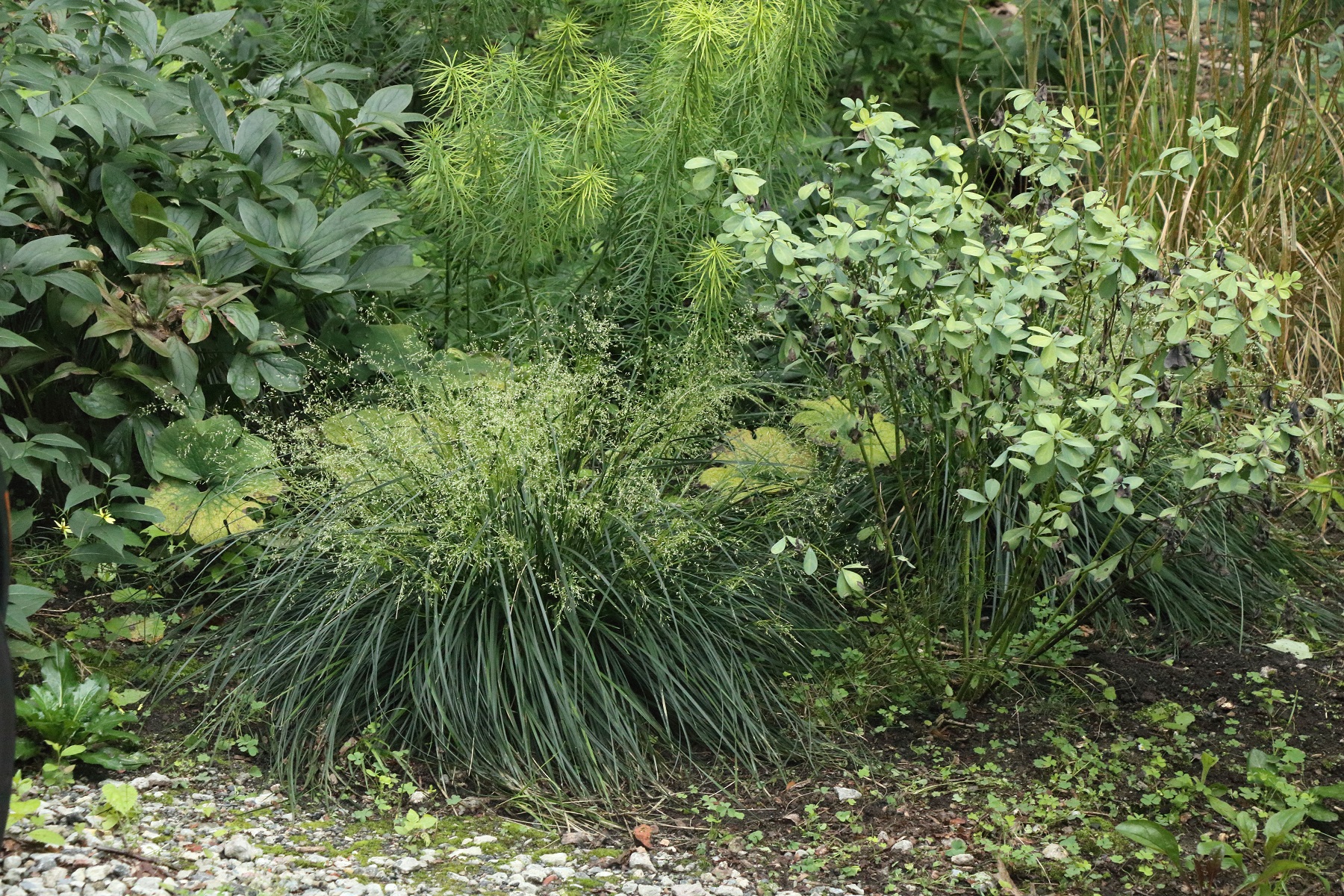
Tufted-Hair Grass
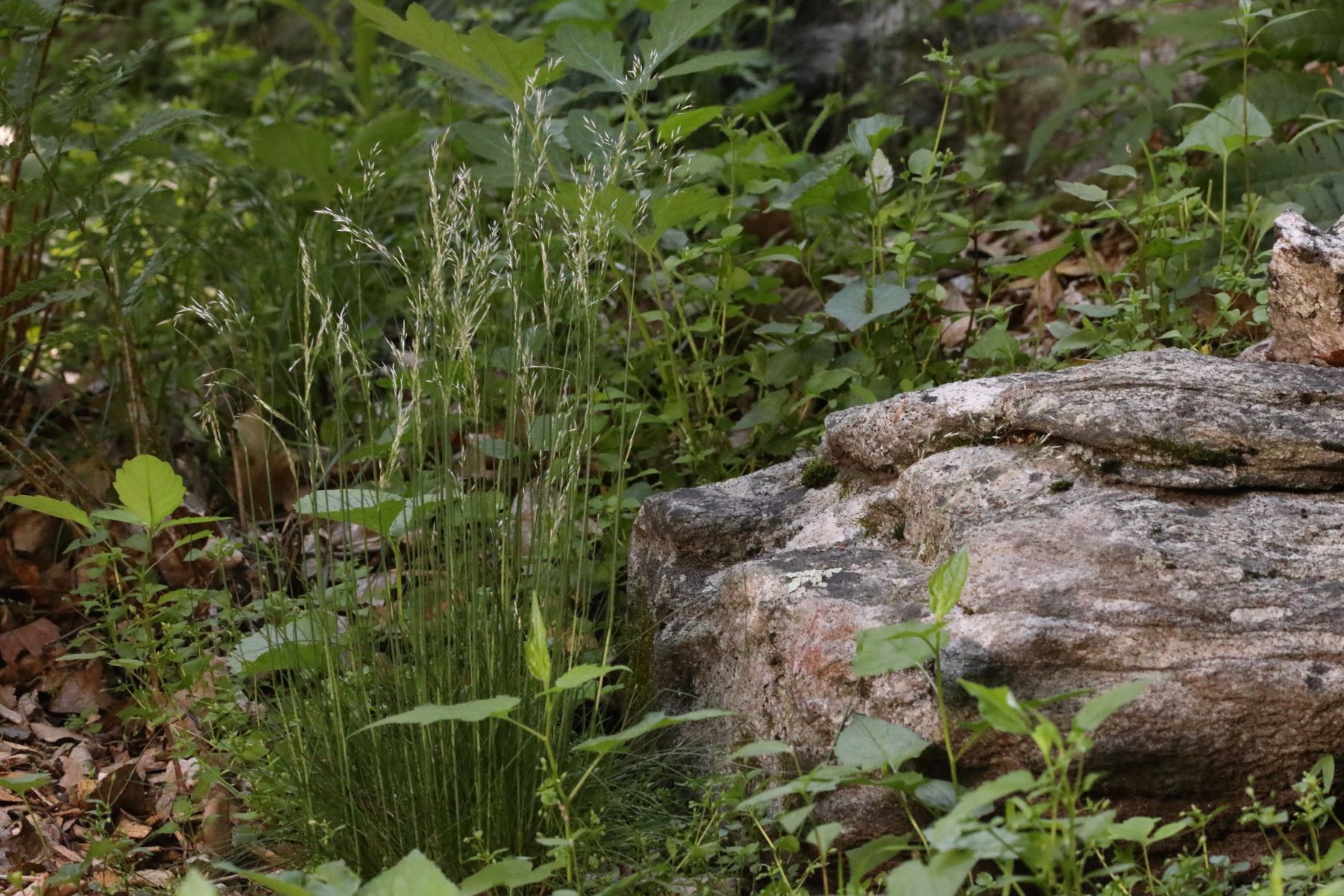
Wavy-Hair Grass
Path Rush and Soft Rush
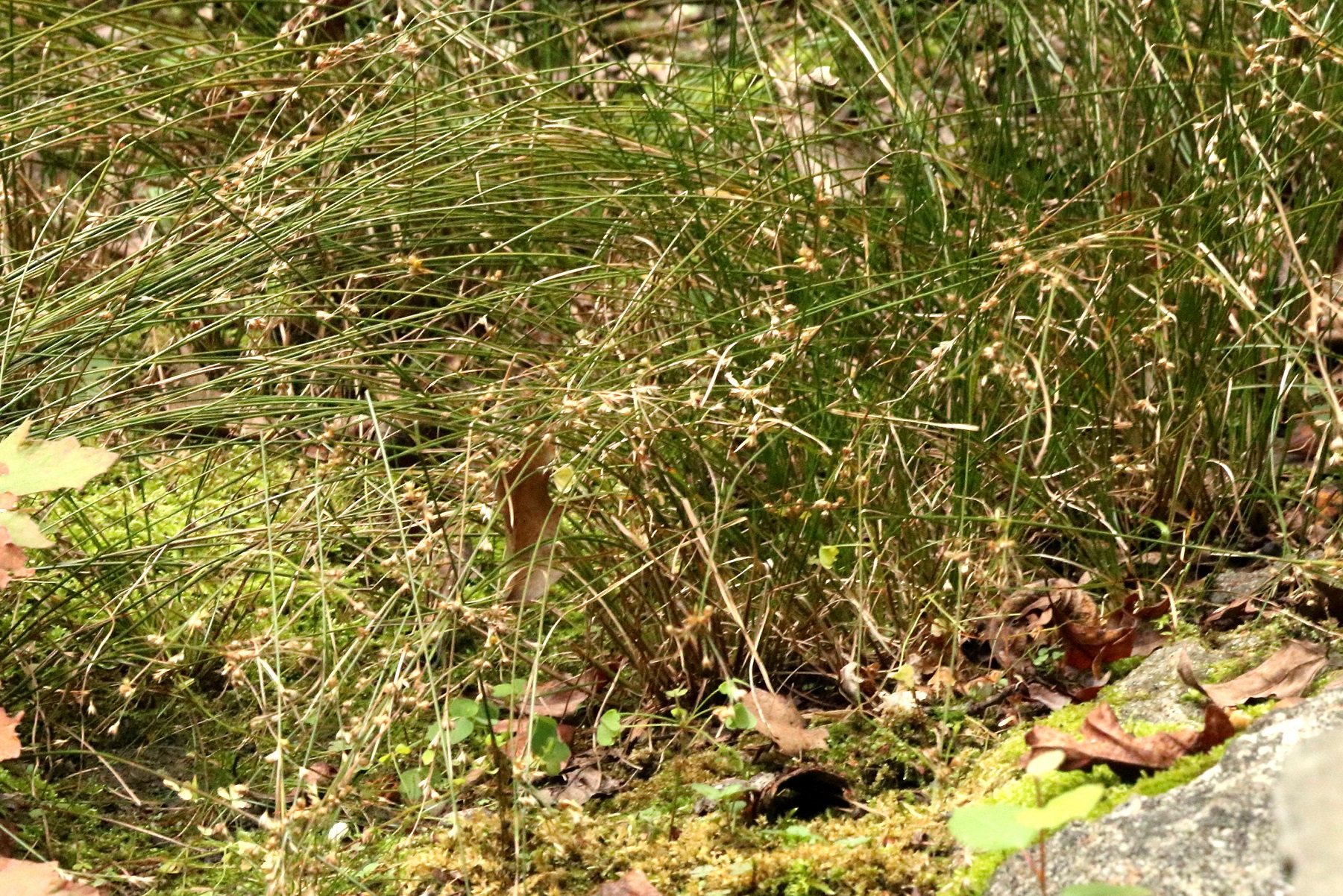
Path Rush
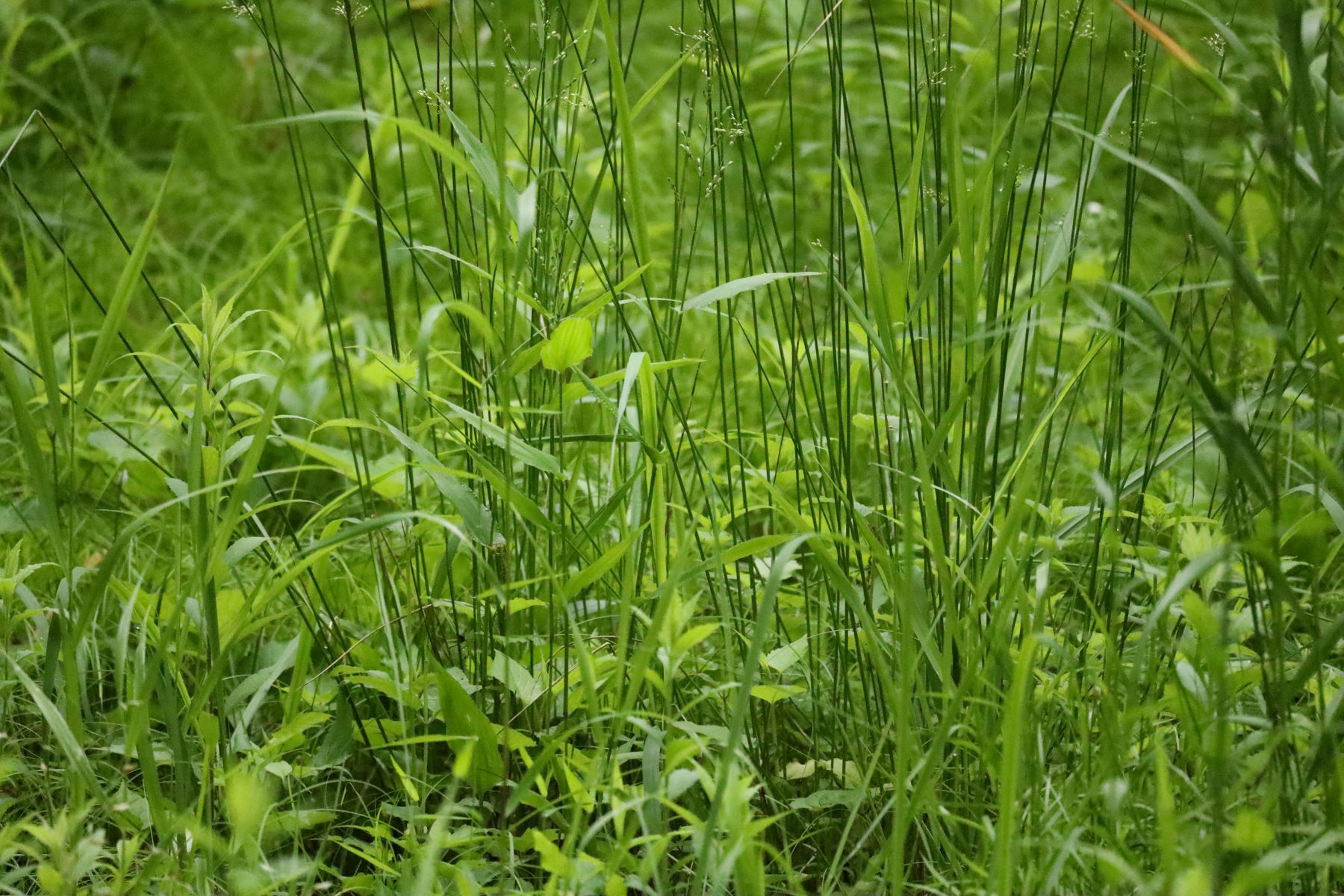
Soft Rush (or Common Rush)